Not only developing production for high efficiency, but some integrated farms in Dong Cuong ward (Thanh Hoa city) also operate in a circular direction, no waste is discharged. This is the production direction that minimizes the impact on the environment, which has been implemented in many places in and outside the country.
 Mr. Nguyen Huu Hong's flower farm, combined with fruit trees and livestock farming in Dong Cuong ward (Thanh Hoa city) produces almost no waste.
Mr. Nguyen Huu Hong's flower farm, combined with fruit trees and livestock farming in Dong Cuong ward (Thanh Hoa city) produces almost no waste.
After more than 10 years of starting a business in Hang Ca, Mr. Nguyen Huu Hong in Street 1, Dong Cuong Ward has created a prosperous comprehensive farm. This is the result of implementing the Party Committee's resolution on converting ineffective rice fields to crops and livestock that bring high economic efficiency. At that time, his family accumulated land and bid according to the general policy to have a production area of more than 9,800m2. Compared to many other farms, this area of less than 1 hectare is quite modest, but the owner quickly selected suitable plants and animals to have the highest income.
“For many years, I have always devoted 6 sao to growing flowers. From the intensively cultivated flower beds, I grow 3 crops each year, mainly chrysanthemums to supply the market. My family also has to hire 5 technical workers to take care of the flowers all year round,” Mr. Hong shared.
On the farm, he also dug a 5,000 m2 pond to raise fish. Along the farm, along the roads and the remaining area, he cleverly arranged to plant fruit trees such as jackfruit, custard apple, lemon, grapefruit, coconut... to green the entire production area, making optimal use of the land fund. Rows of papaya and small vegetable beds are intercropped to serve the family's on-site needs. Livestock activities are also carried out simultaneously with flocks of chickens, goats and some pigs.
By-products from farming activities are used for livestock. Grass around the farm is regularly cut by workers for fish. Livestock waste is collected and processed, becoming a source of organic fertilizer for crops. Even the excess roots and stems of flowers after each harvest are collected by the owner to compost into humus, providing nutrients for plants. In general, by making full use of by-products, the farm has almost no waste. Environmental issues here are well handled, becoming a model for many farm owners in the area to visit and learn from.
In Dong Ngat area, also in Dong Cuong ward, there is another farm that is very fresh and green, just like a small ecological area. With less than 0.7 hectares, the farm owner, Mr. Le Thanh Binh in Ward 7, has found his own way to raise snails and grow fruit trees. Since 1999, after returning to his hometown after being discharged from the army, he has bid for 3,500m2 at the call of the locality. Continuing to consolidate and expand the area in the following years, he has a production area of 6,900m2 as it is today. Originally a low-lying rice field that is often flooded, he dug snail farming ponds parallel to the production area with a total area of more than 2,500m2. Right on the ponds are trellises of gourds, squash, squash, and chayote that are green all year round. Between the ponds, dragon fruit, guava, etc. are planted. Much of the remaining area is vegetable beds that are cultivated in alternating batches.
Because snails have a very rich diet - surplus vegetables and unsold fruits are all utilized. The quantity is dozens of tons of guava each year, but he is not under pressure to sell, because if not sold, it will be utilized. Similarly, gourds, squash, chayote and various vegetables are also utilized.
Observing the ponds, the water is clear because the snails do not emit many pollutants and have the function of filtering water. The system of many-year-old fruit trees provides shade and green around the production area. According to Mr. Binh: “The production stages here are implemented completely in a truly organic way. Because the snails' food is completely natural. In fact, the snails are very sensitive, if pesticides are sprayed on the vegetable beds nearby, the snails will also die, so we must strictly follow the safe production process.”
To earn more income, his family built a 40m2 barn to maintain a herd of about 15 pigs. The source of livestock waste is composted and fertilized for crops, so there is almost no need to use chemical fertilizers like many other places. In general, the production stages serve each other in a closed cycle, almost no waste is generated that needs to be taken out. Although adhering to clean organic production and minimizing waste, the farm still has a revenue of 1 to 1.3 billion VND per year, with an average profit of about 500 million VND.
According to information from the Dong Cuong Ward Gardening and Farming Association, there are currently many farm and ranch production models in the ward that follow the organic production direction and minimize waste. These include the production models of Mr. Nguyen Huu Thuan on Street 1; Le Van Quang, Le Hong Huong, Dam Van Que on Street 2; Le Tien Loi on Street 3... This is a production direction that is responsible to the community, both providing clean products and protecting the ecological environment. Dong Cuong is a suburban ward, so production models in this direction are becoming even more important with the requirement of sustainable development.
Article and photos: Linh Truong
Source


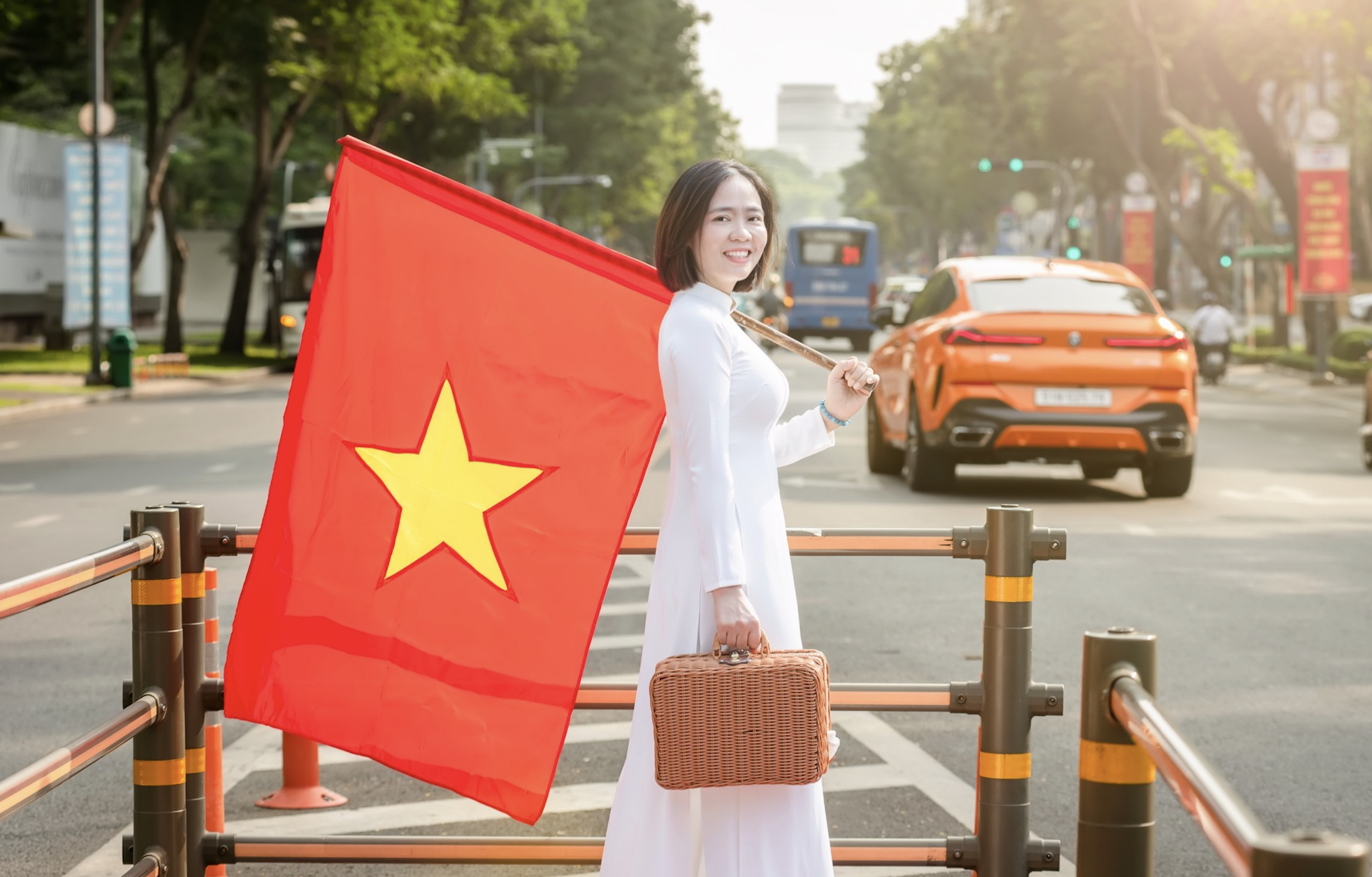

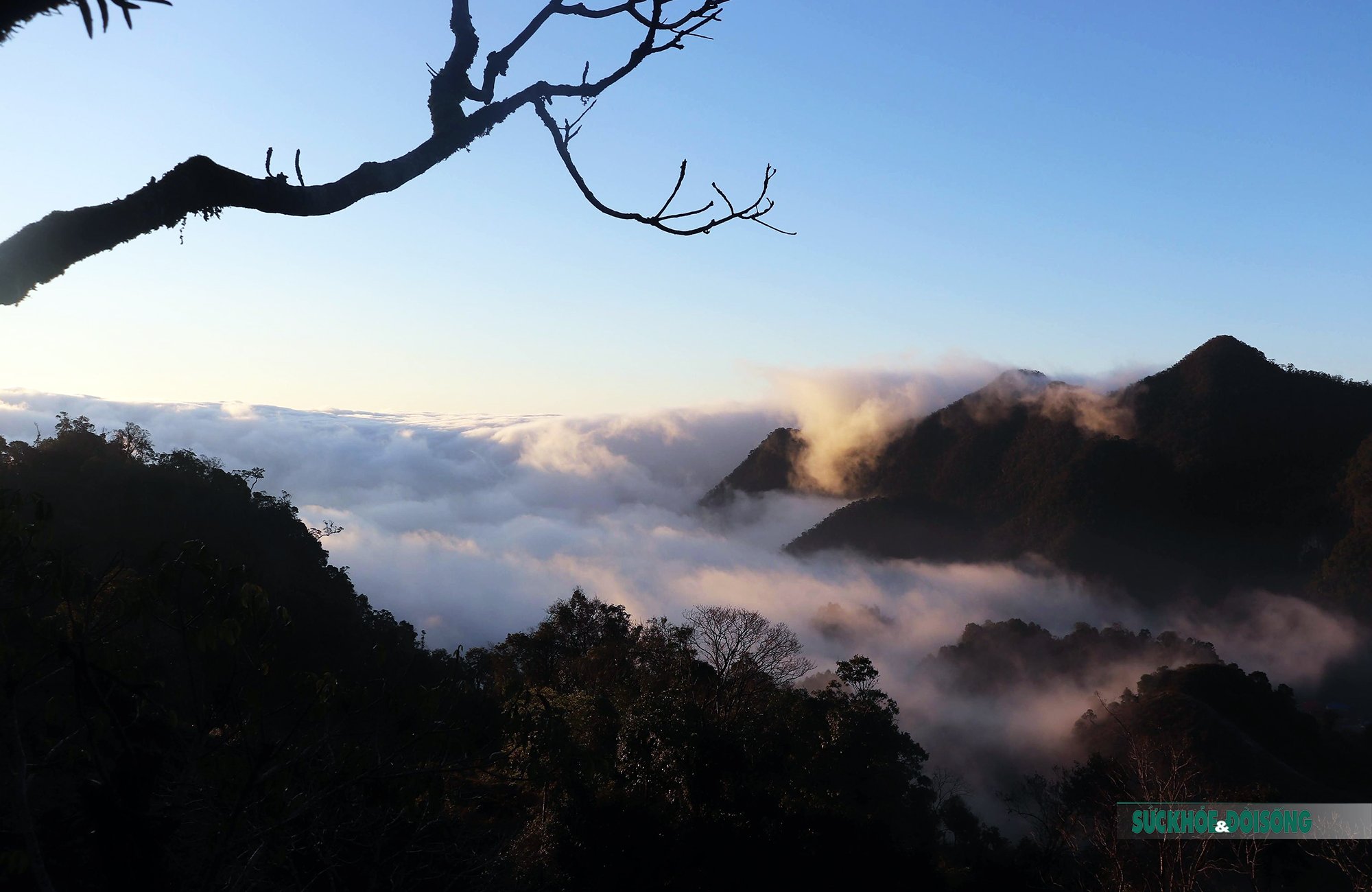
![[Photo] Visiting Cu Chi Tunnels - a heroic underground feat](https://vstatic.vietnam.vn/vietnam/resource/IMAGE/2025/4/8/06cb489403514b878768dd7262daba0b)
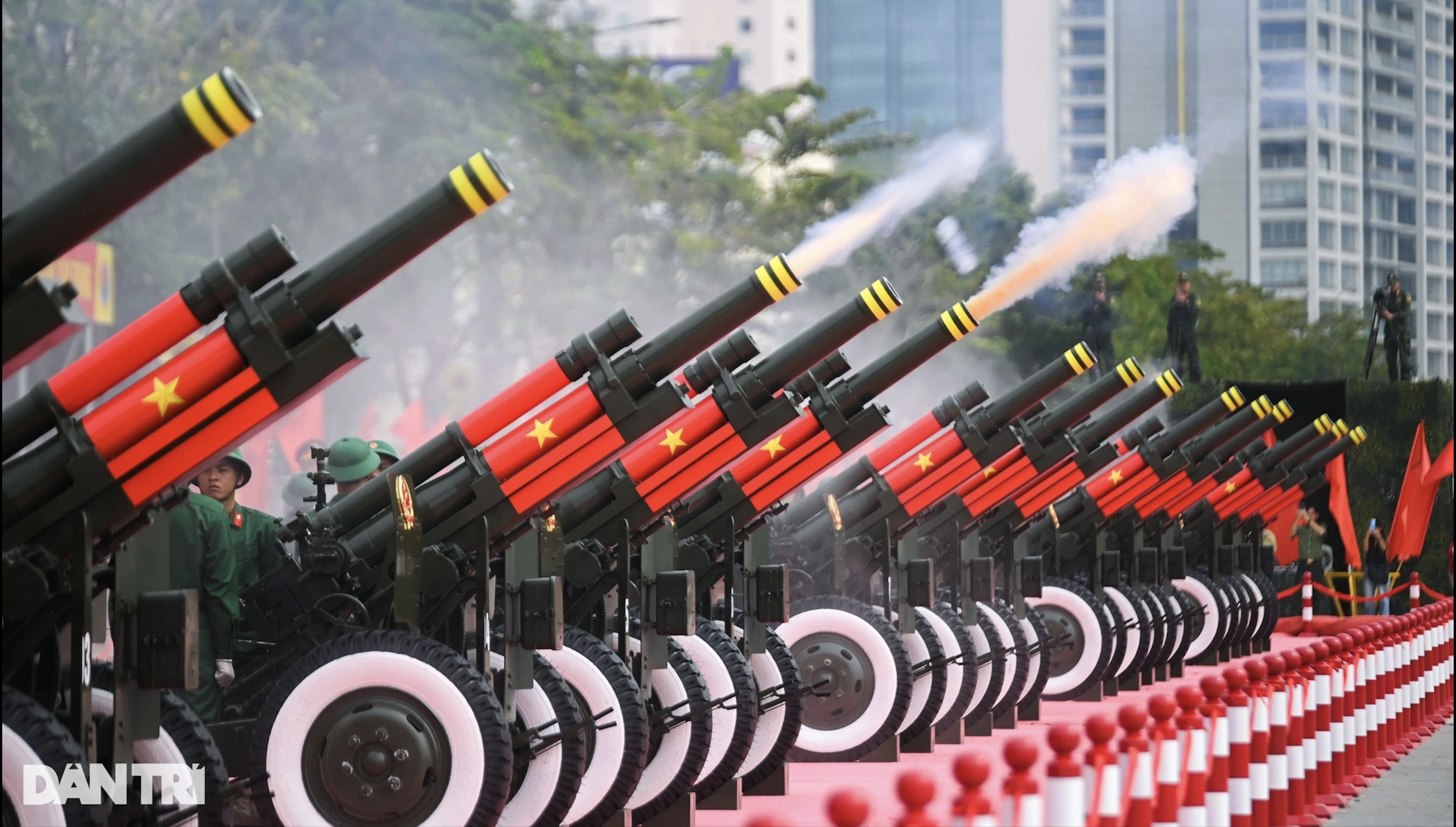
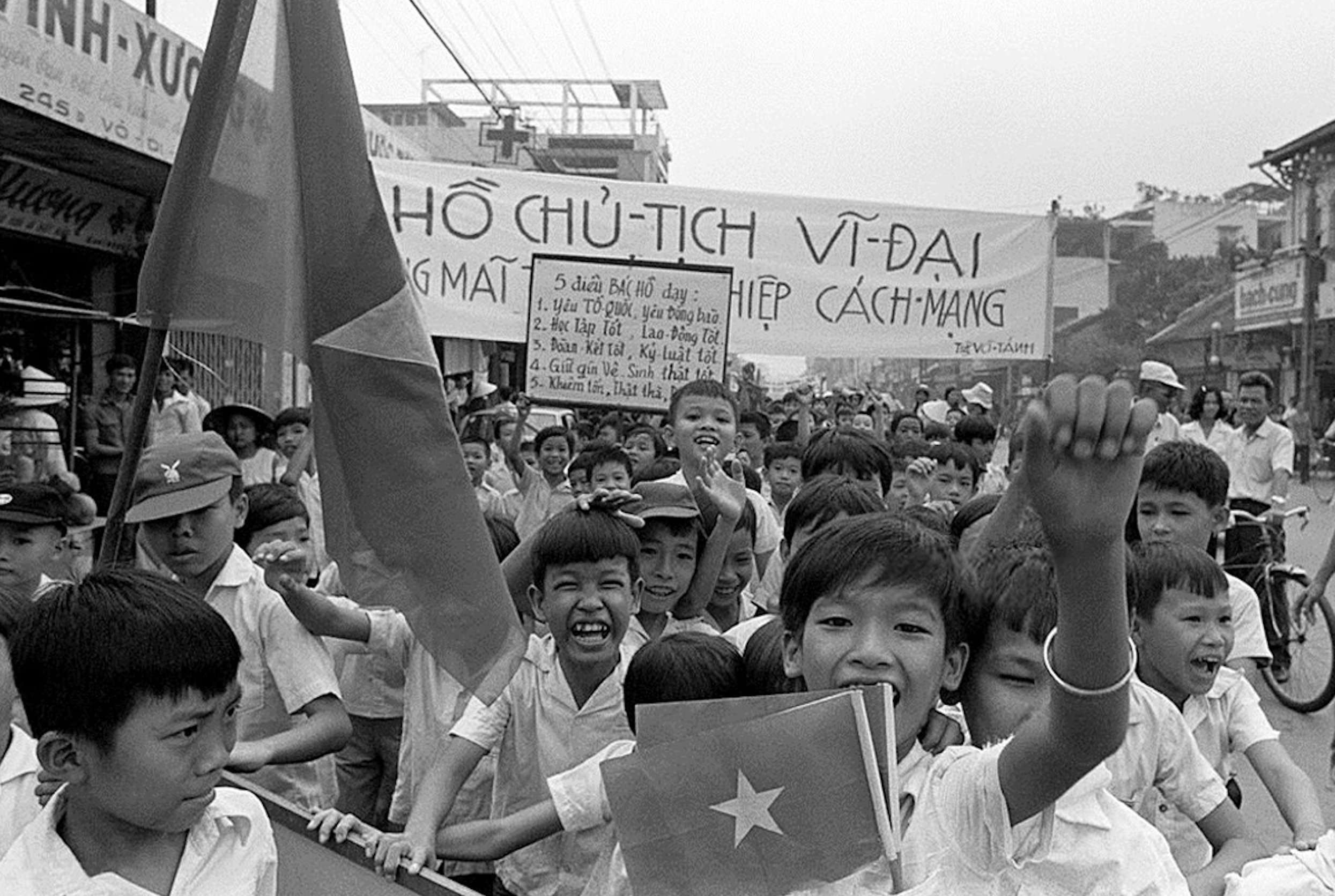
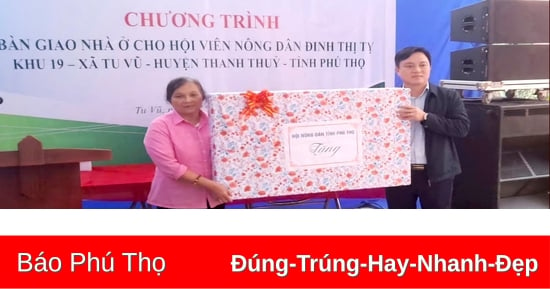

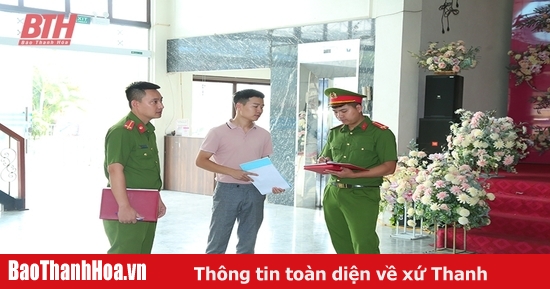
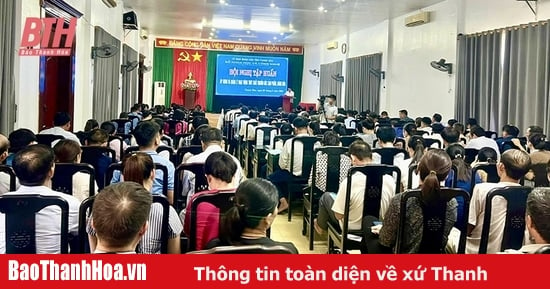

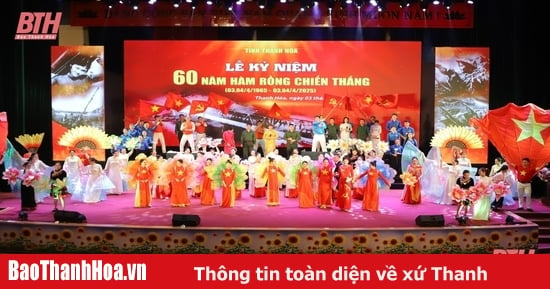
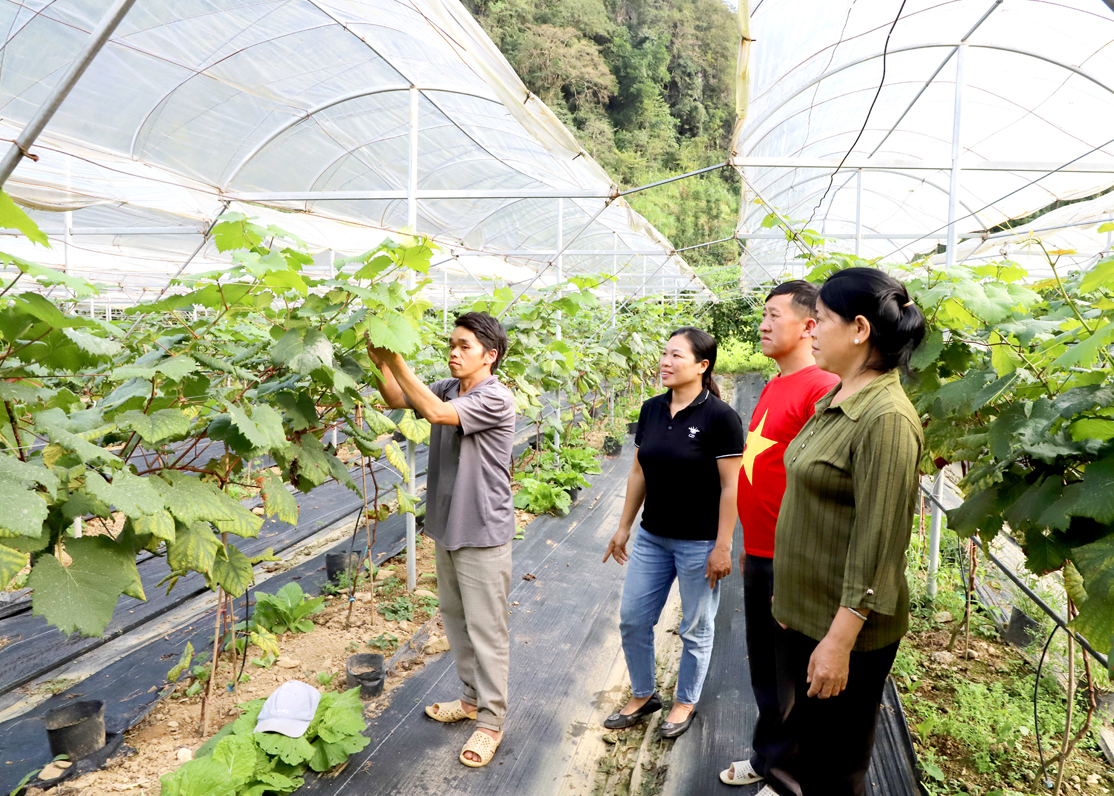
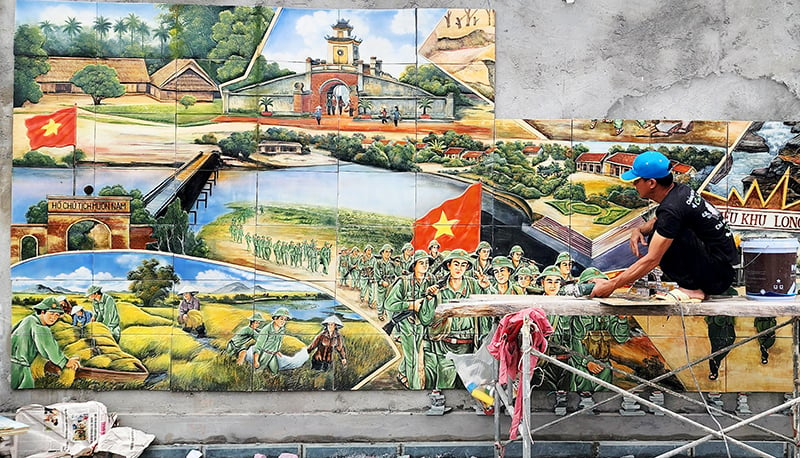
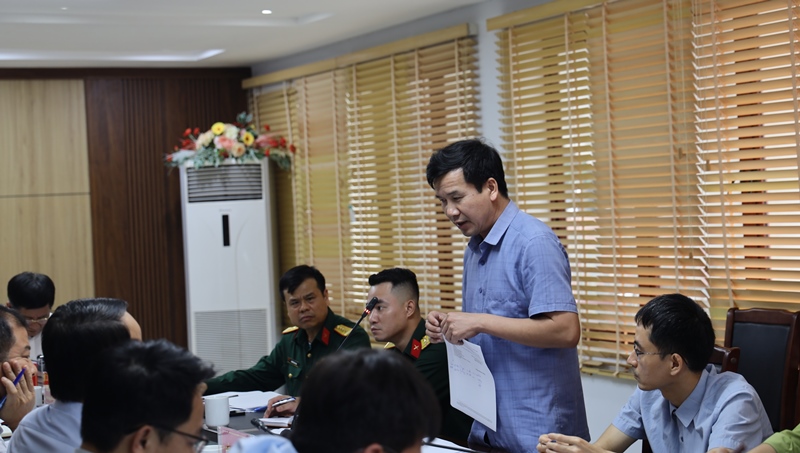

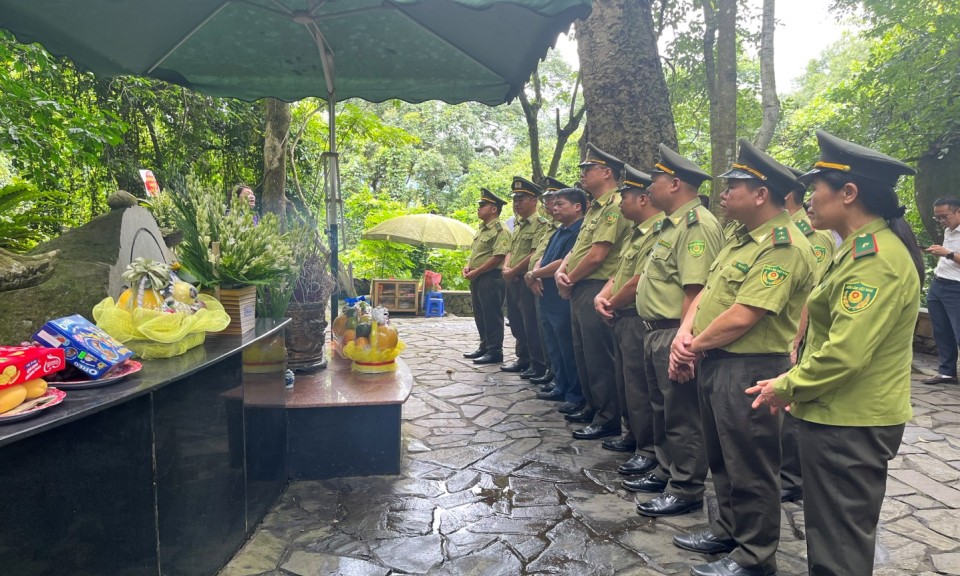
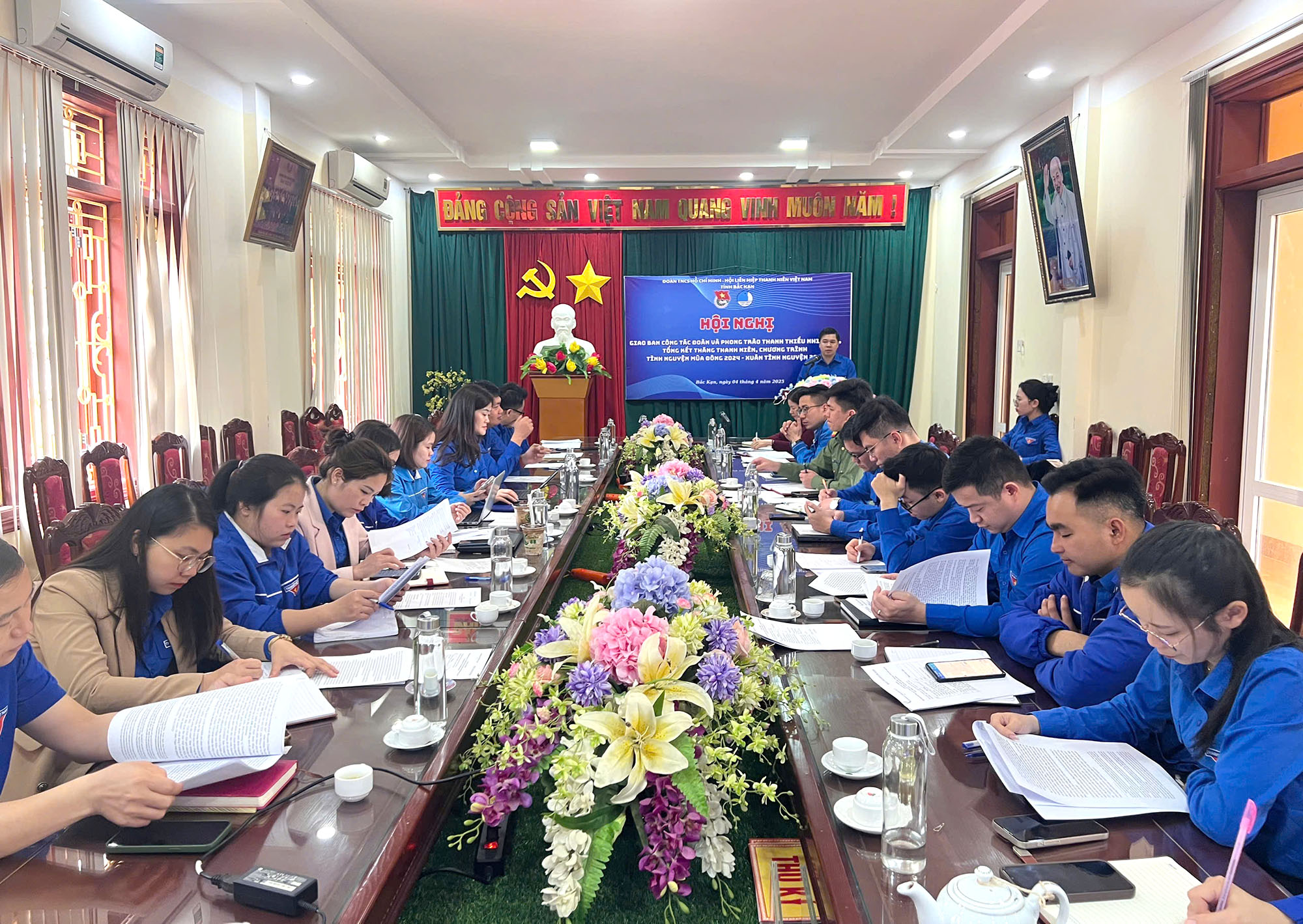

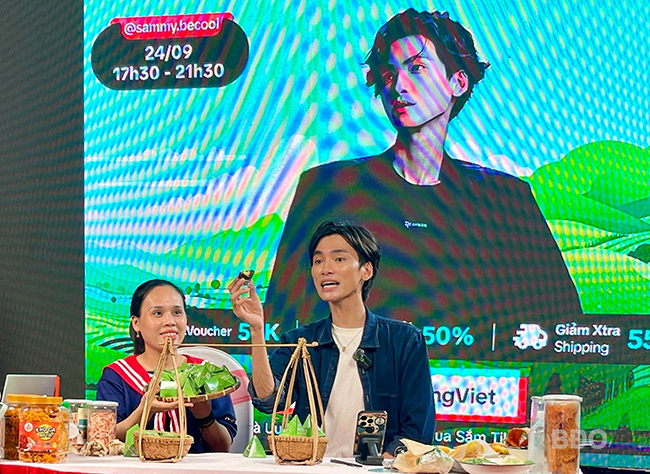
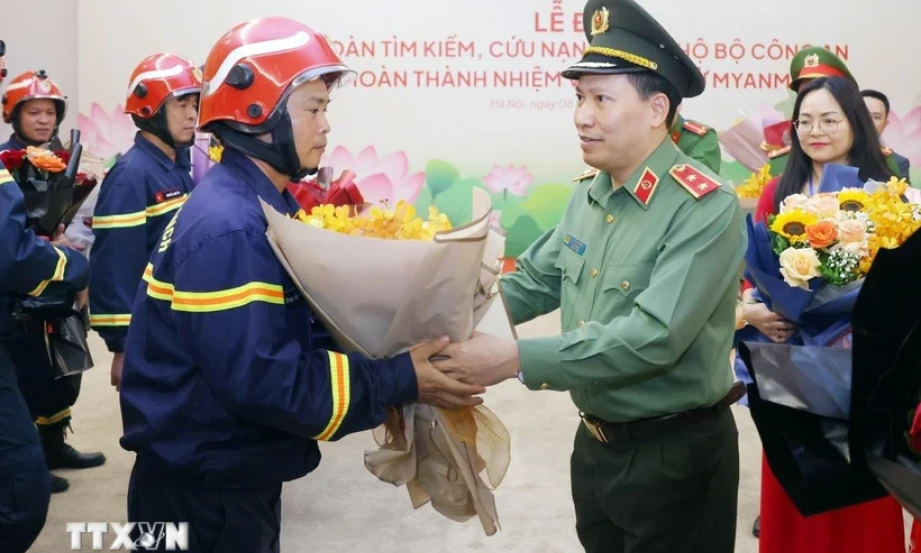
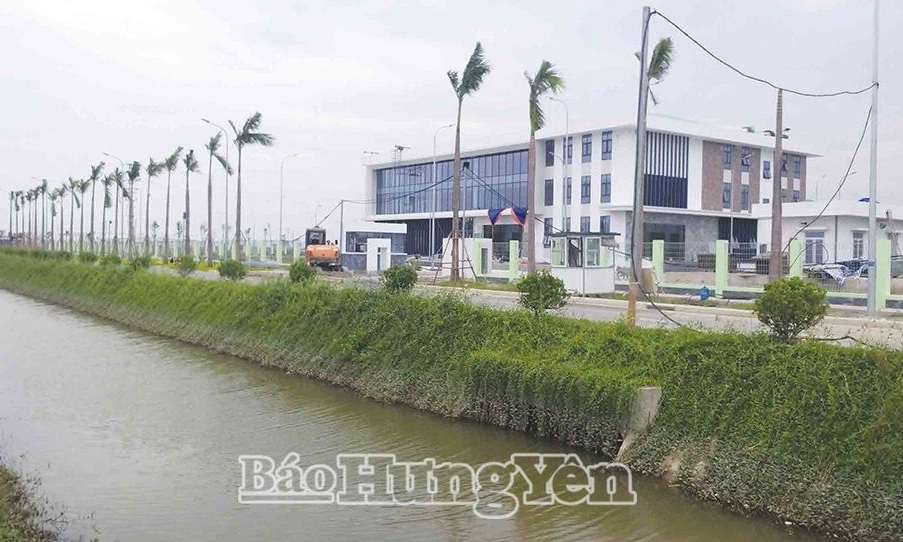
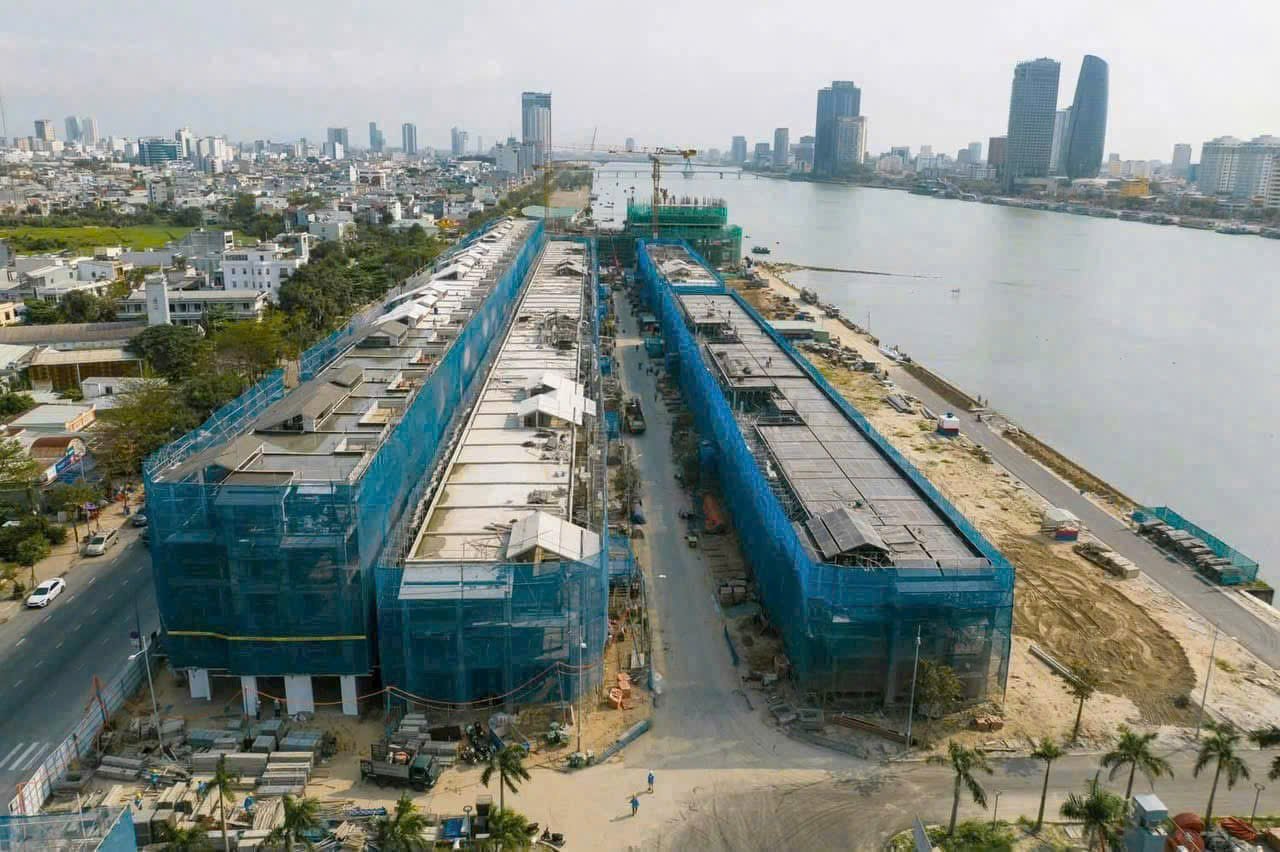
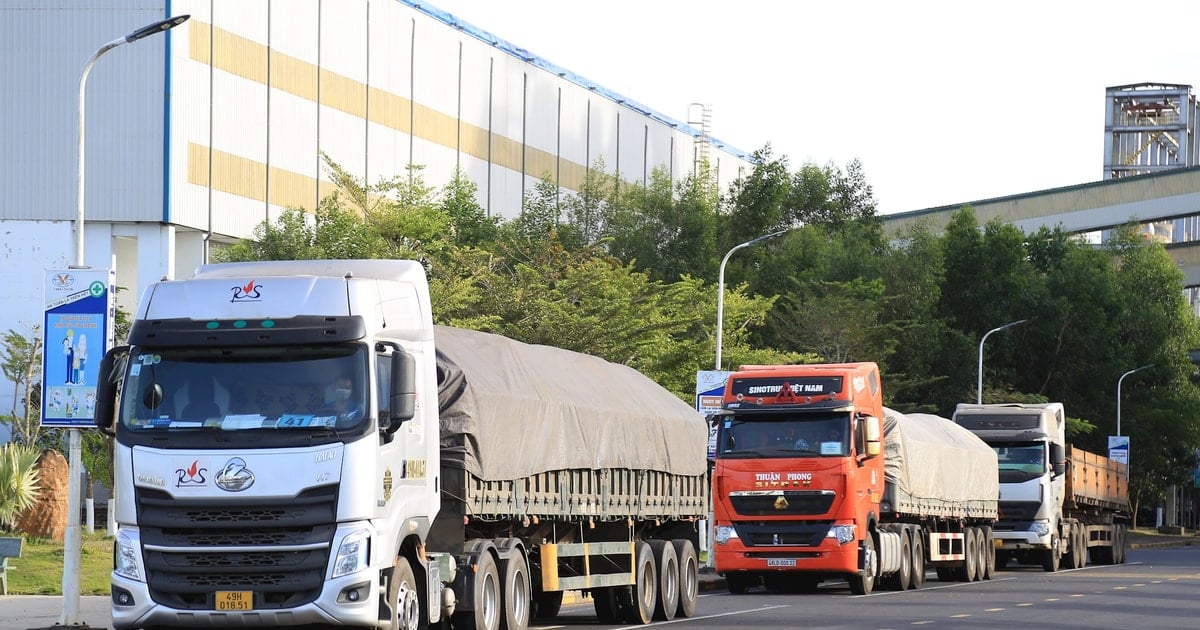
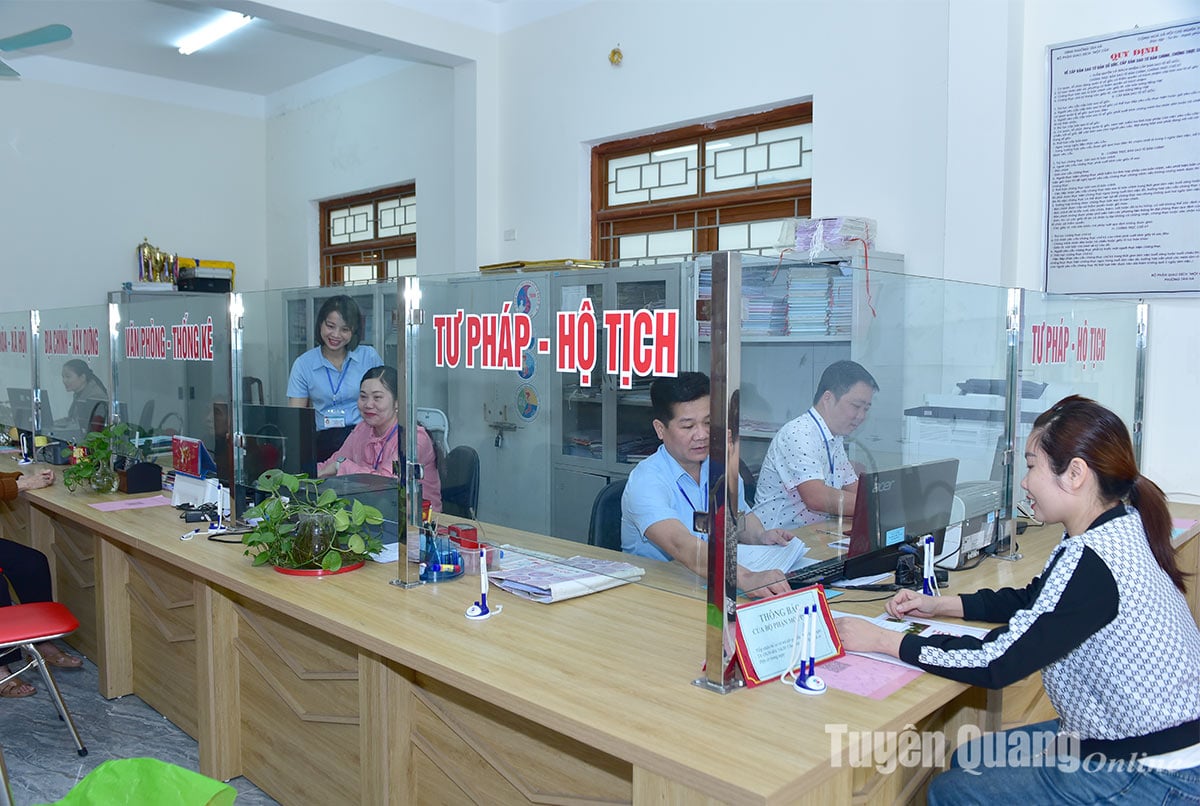
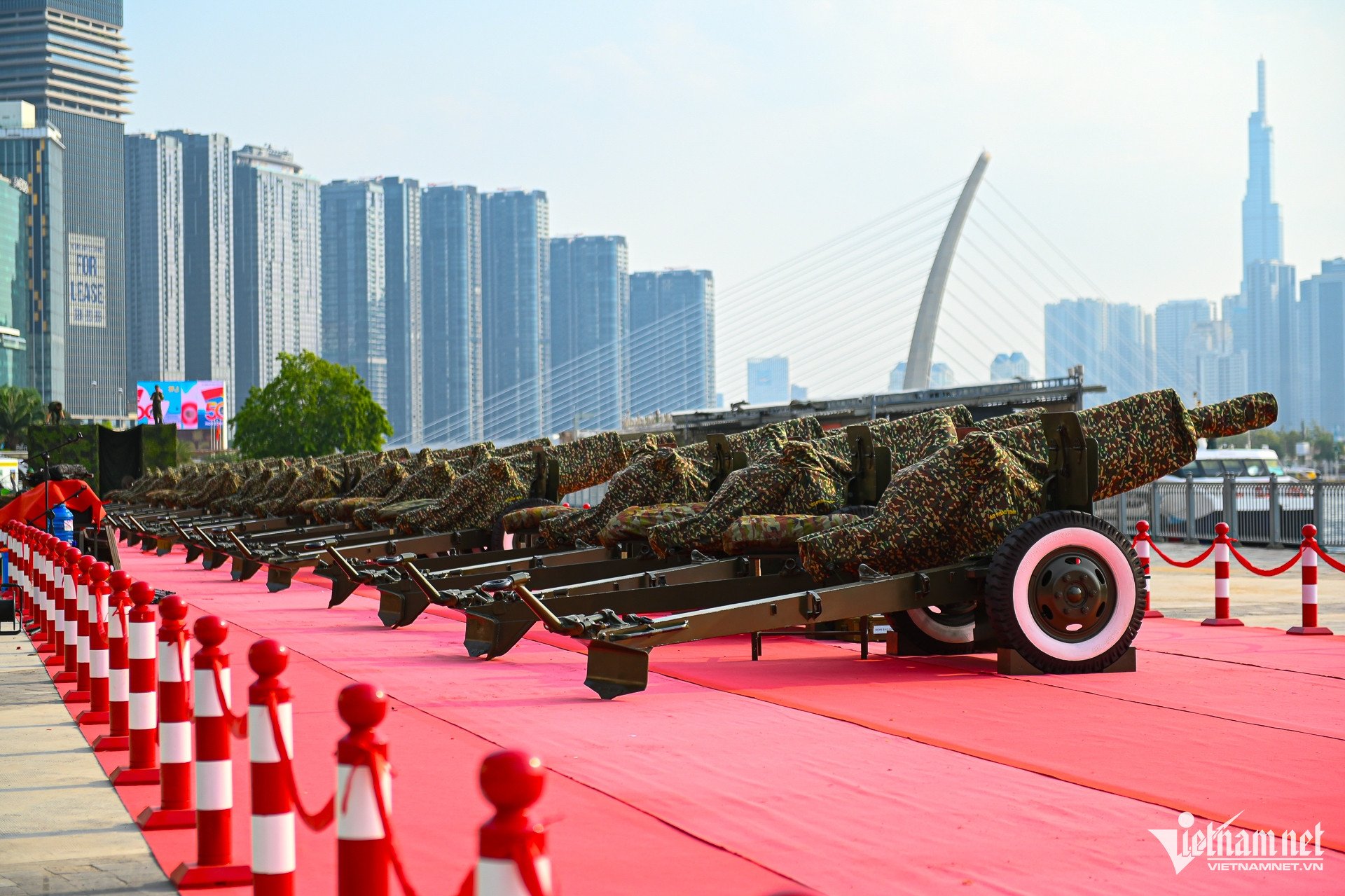
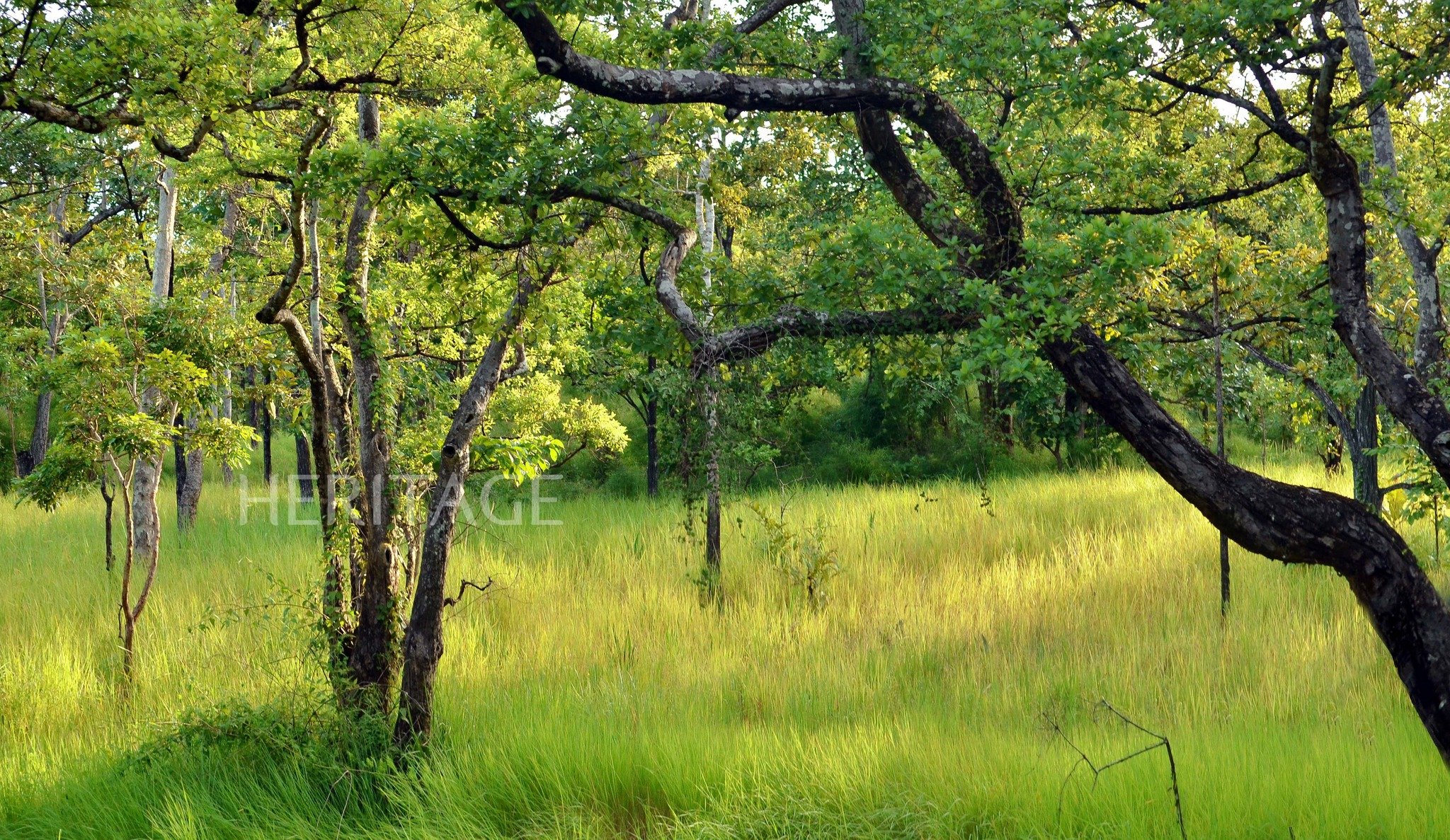

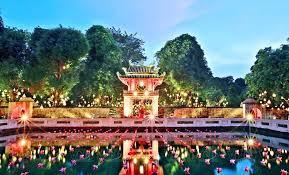

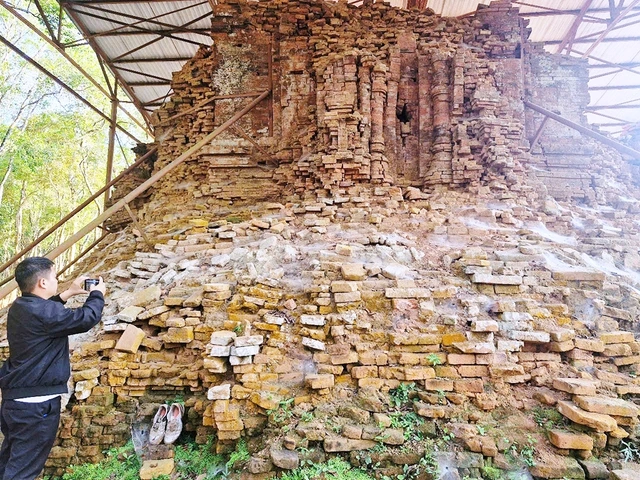

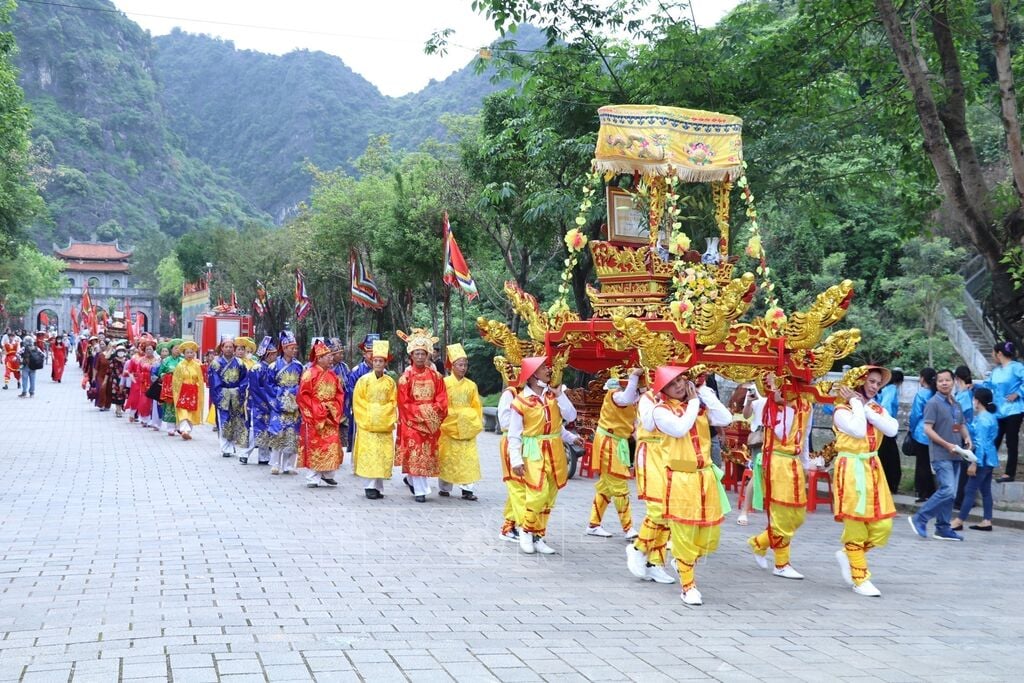

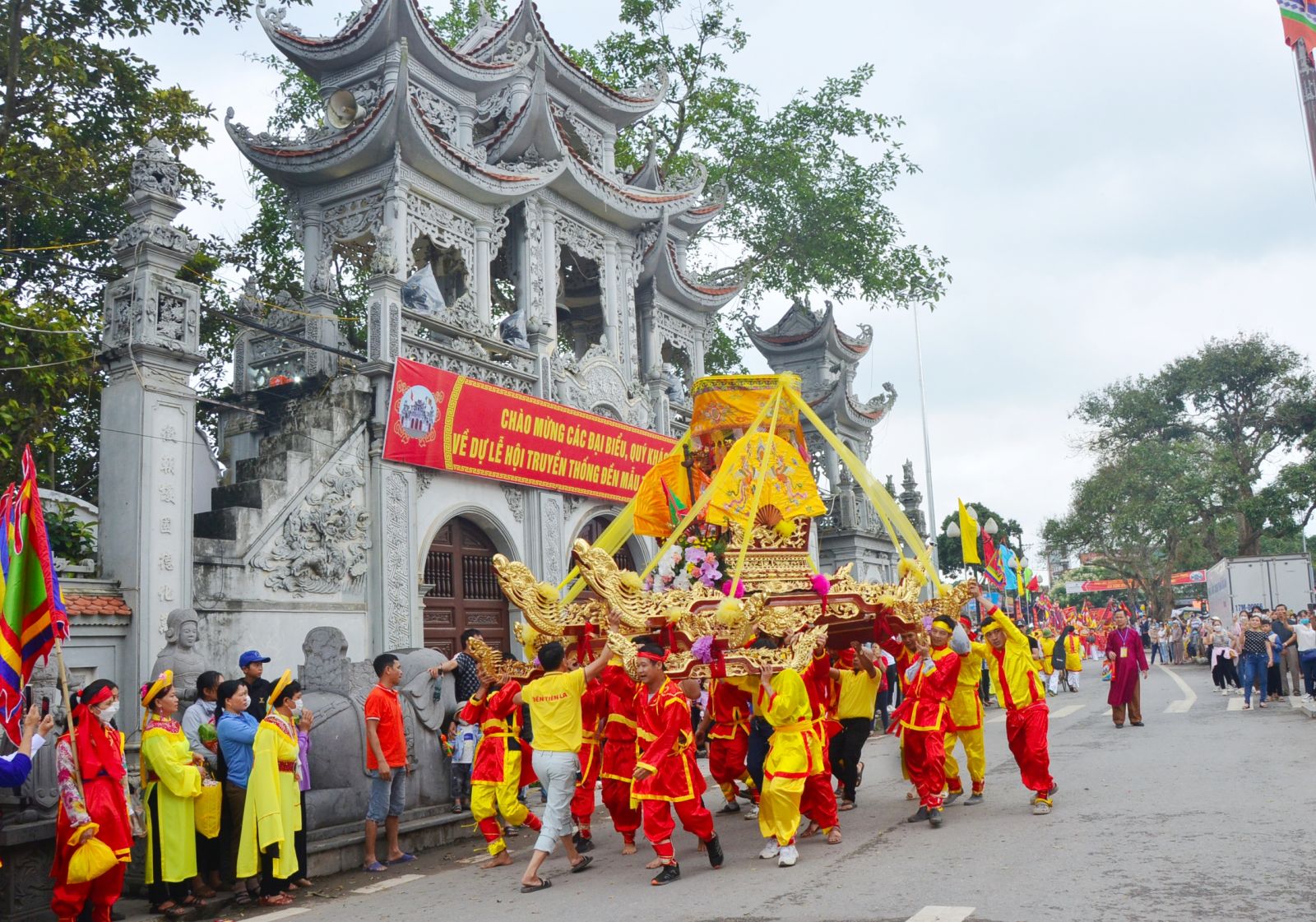

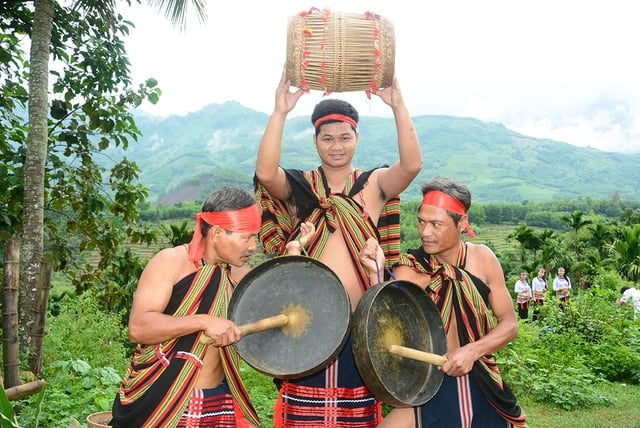
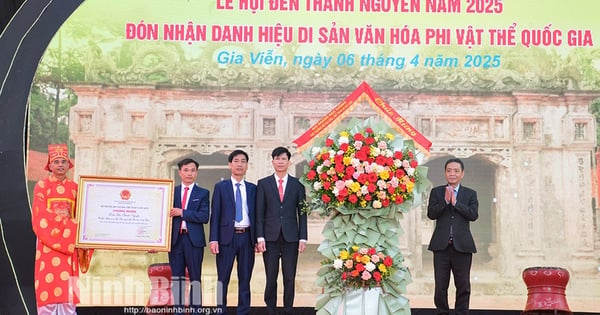


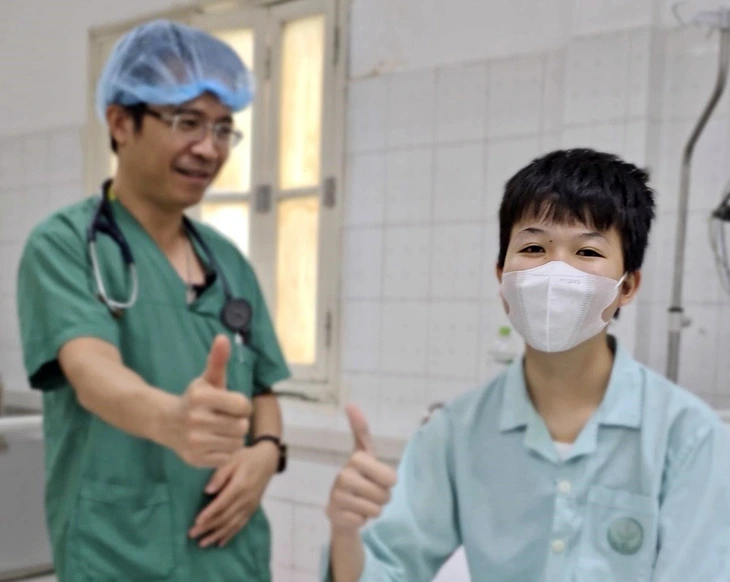

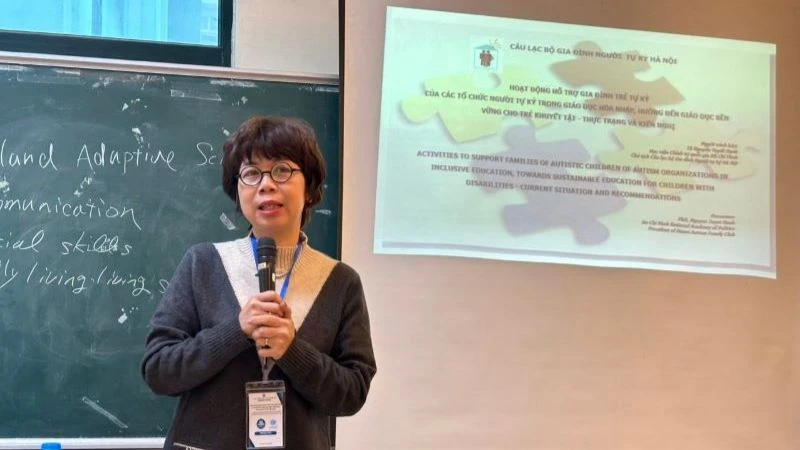

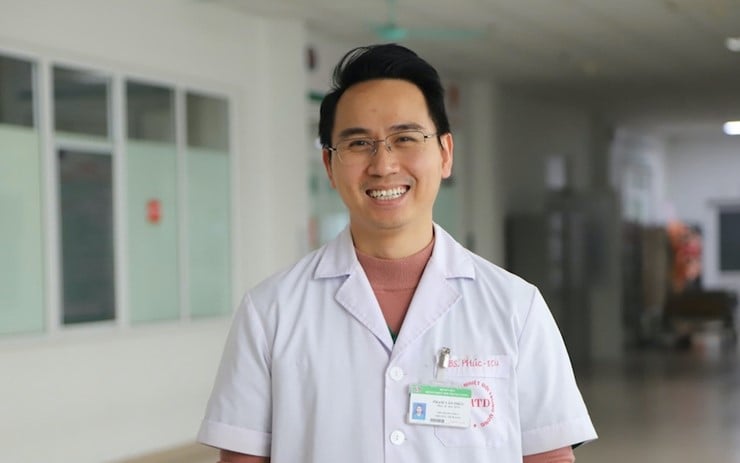

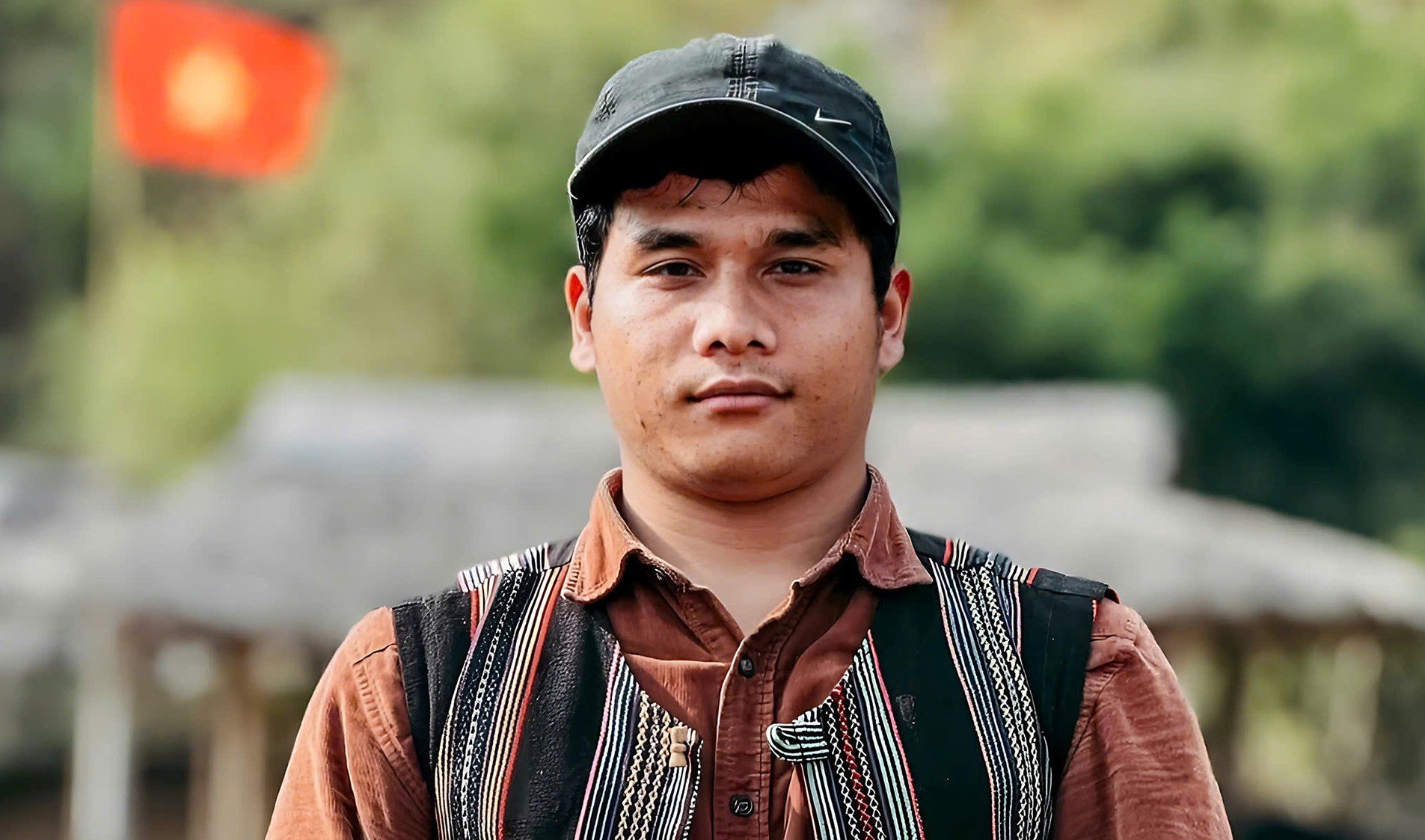


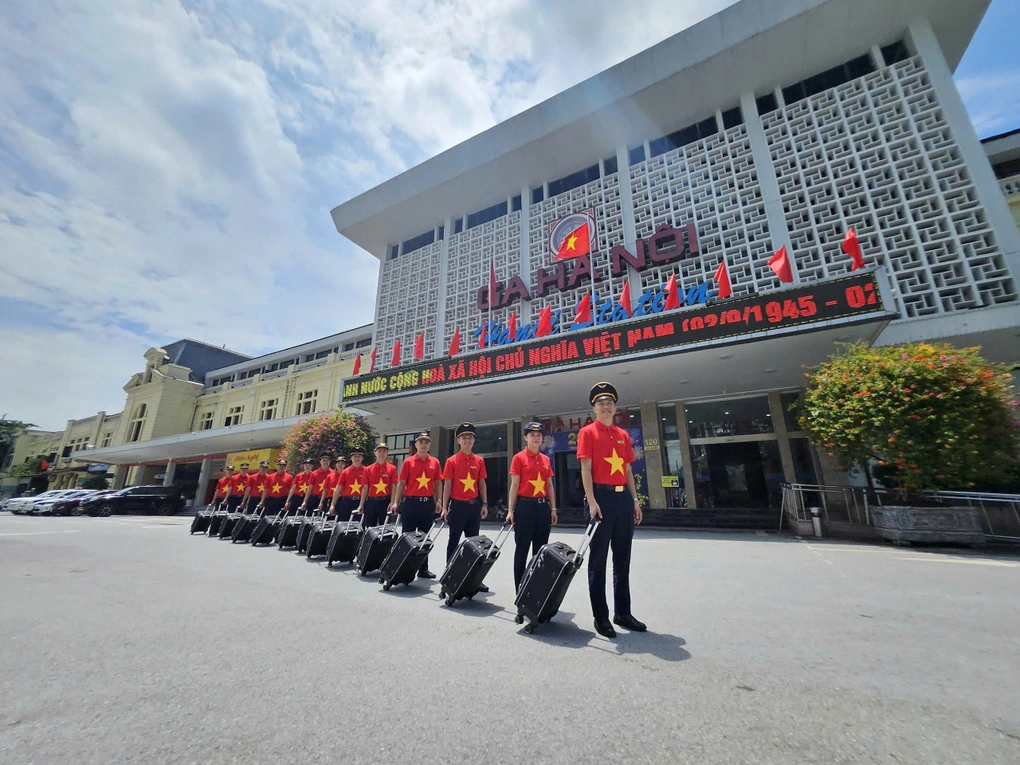




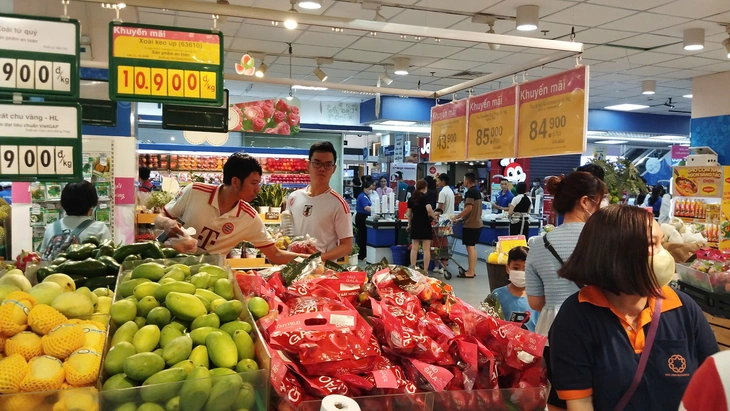


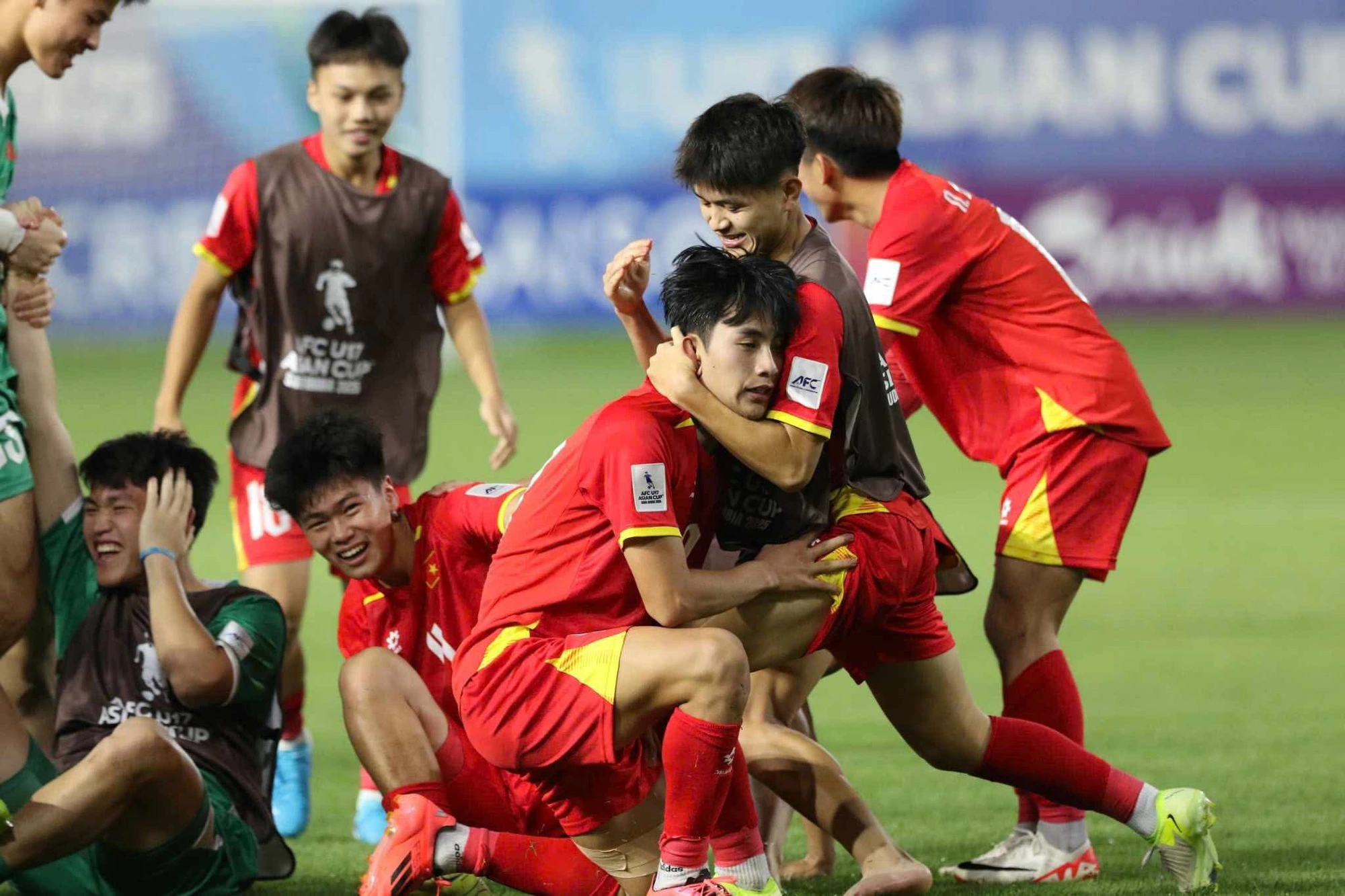
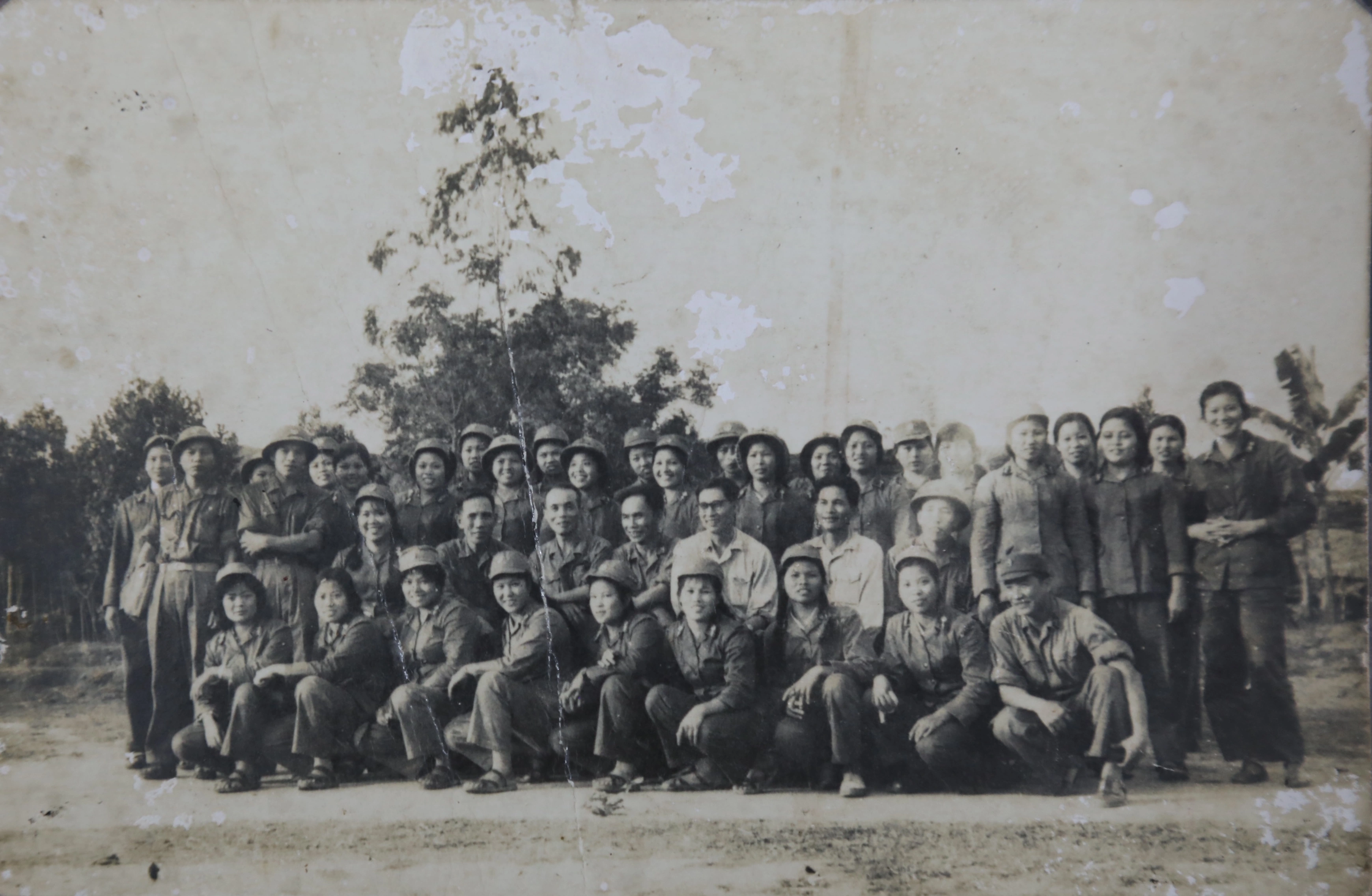
![[Photo] National Assembly Chairman successfully concludes official visit to Uzbekistan](https://vstatic.vietnam.vn/vietnam/resource/IMAGE/2025/4/9/8a520935176a424b87ce28aedcab6ee9)
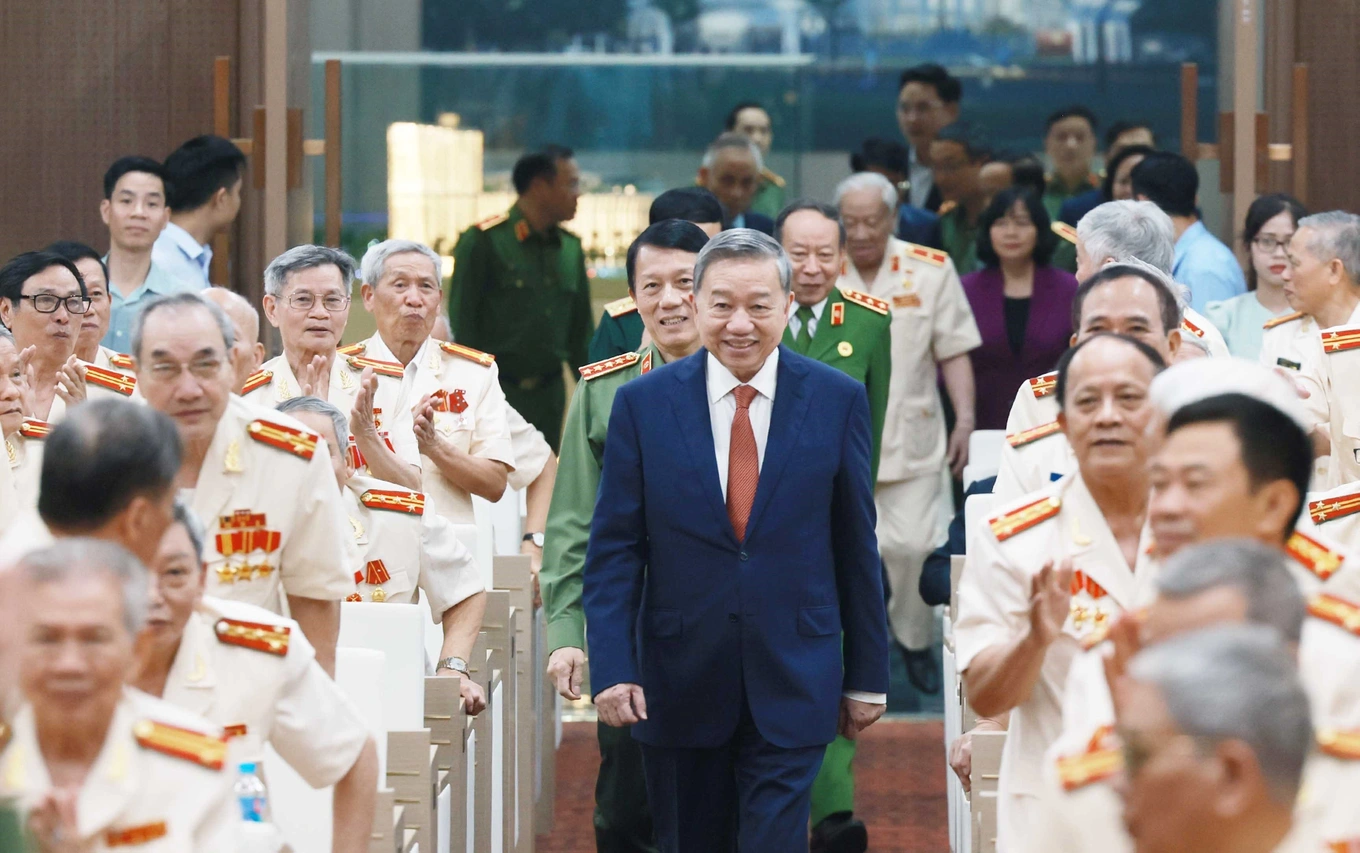
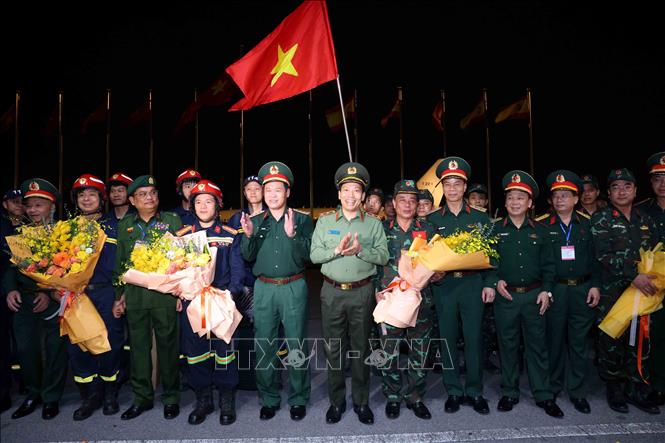
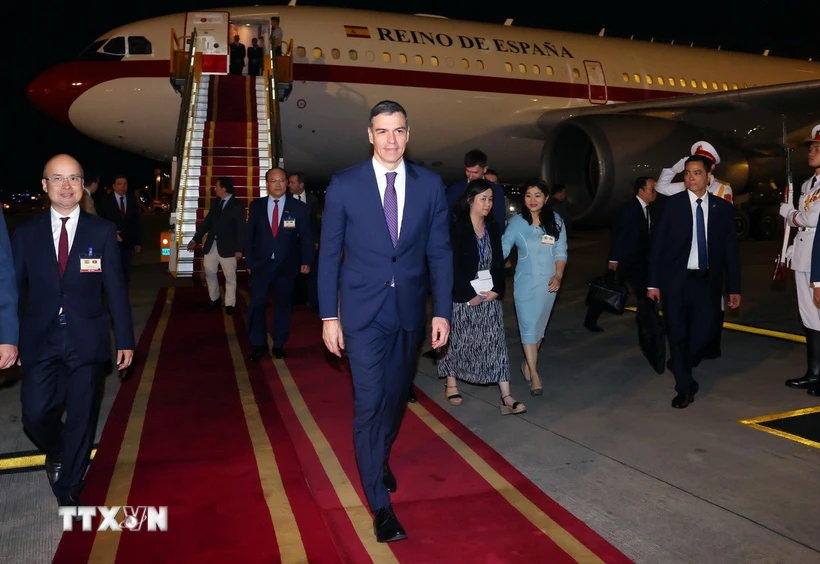








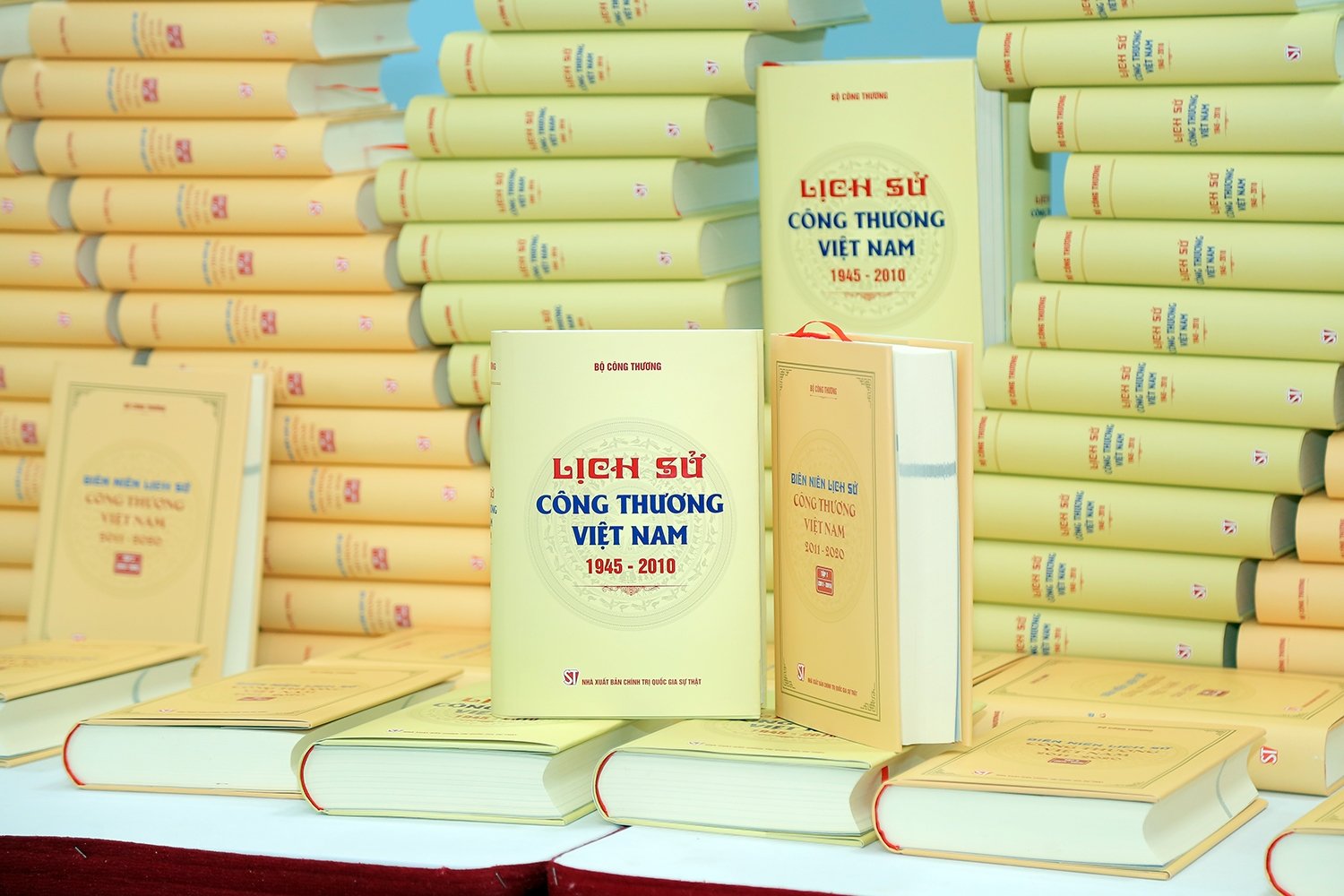
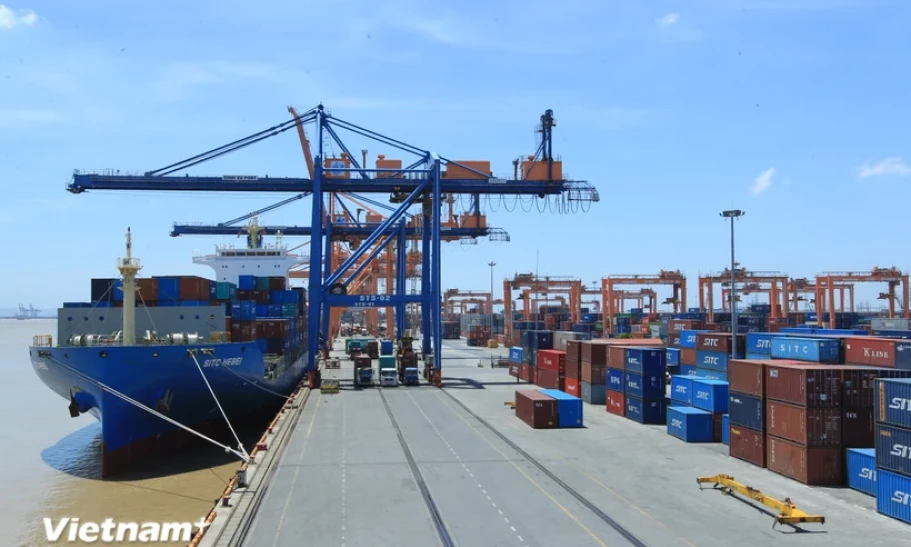
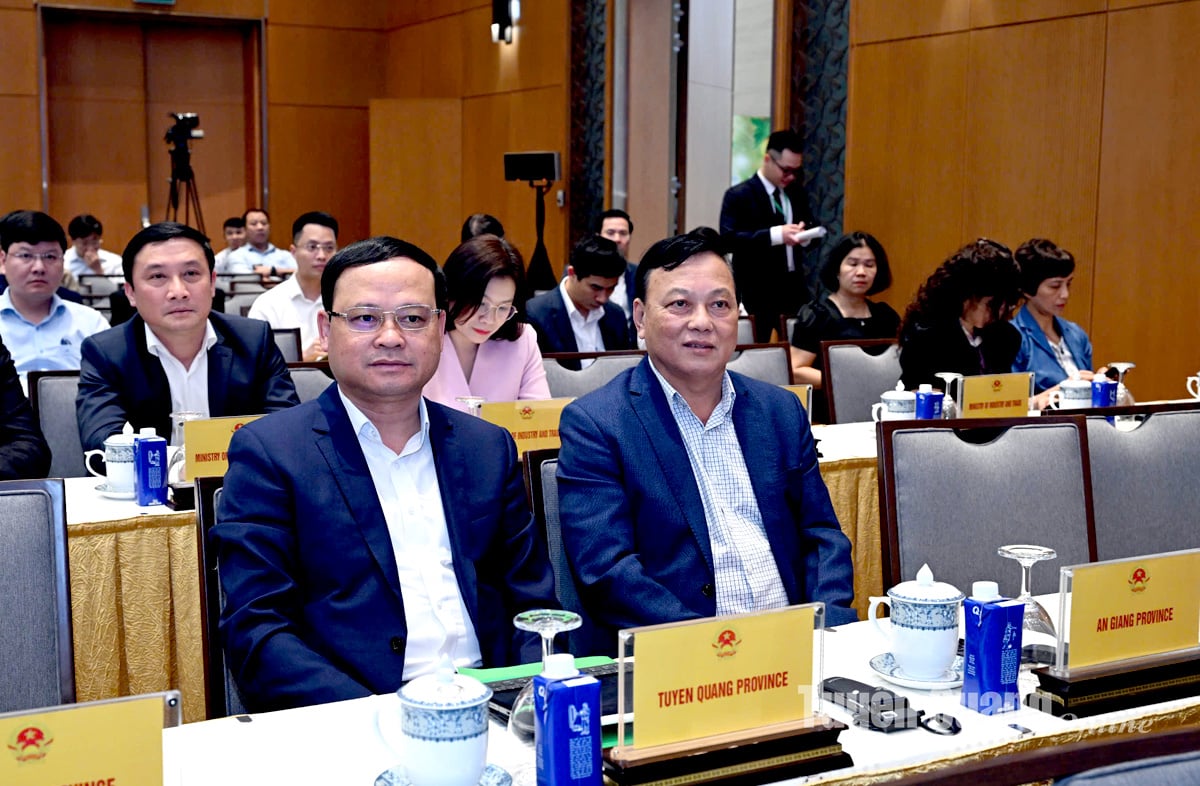
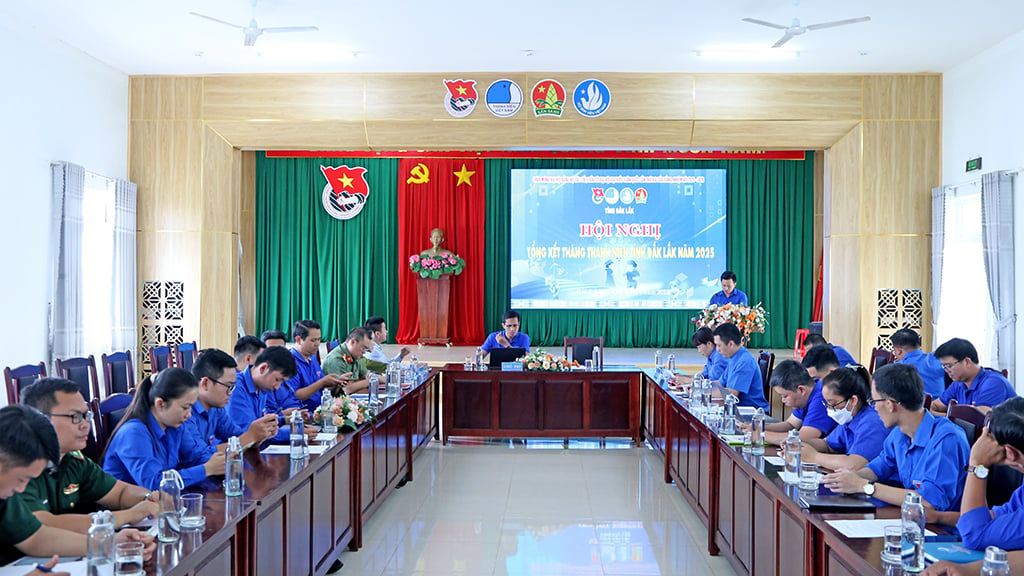
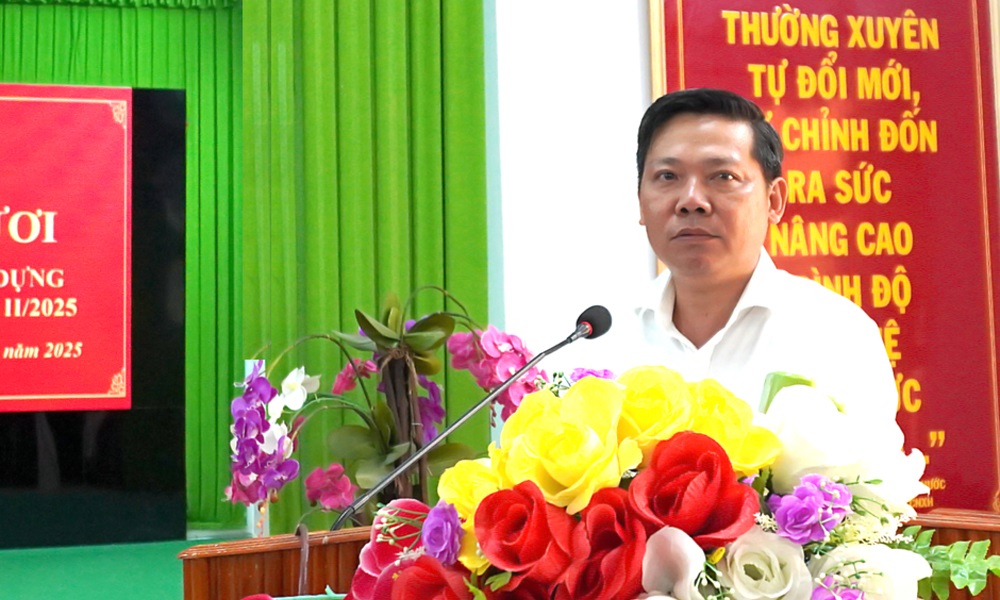
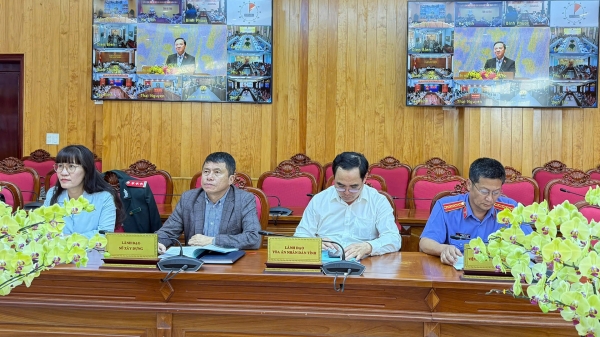
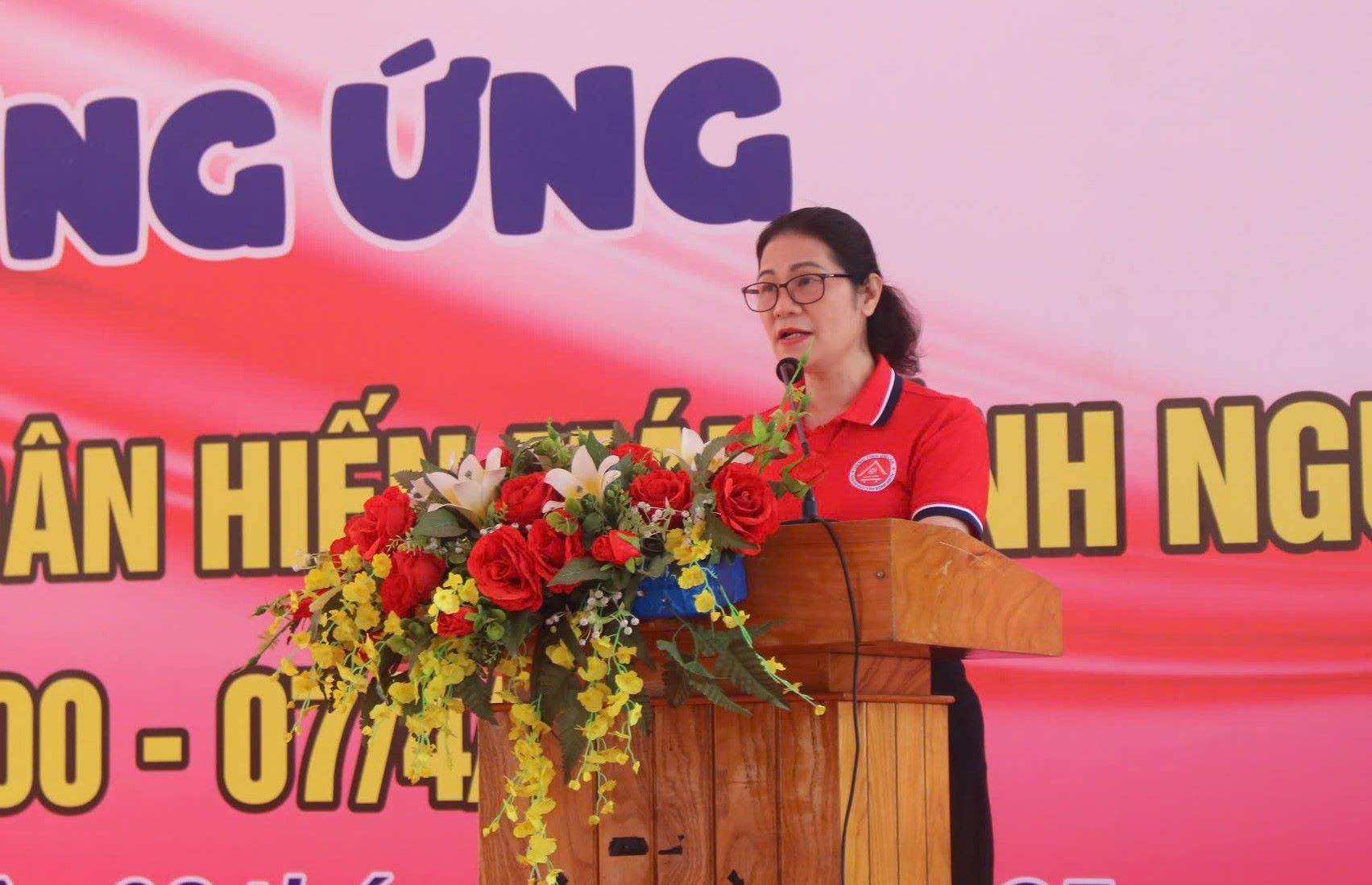
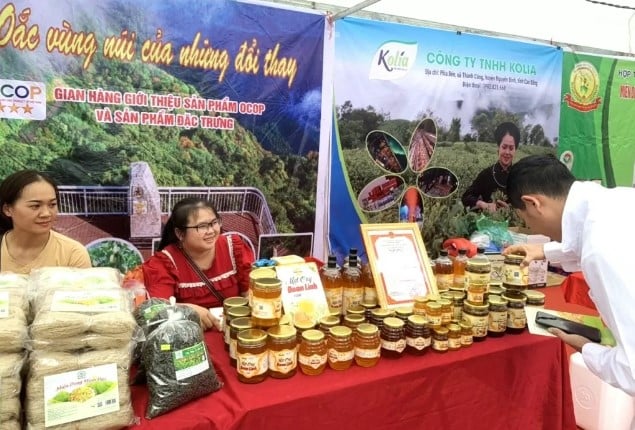

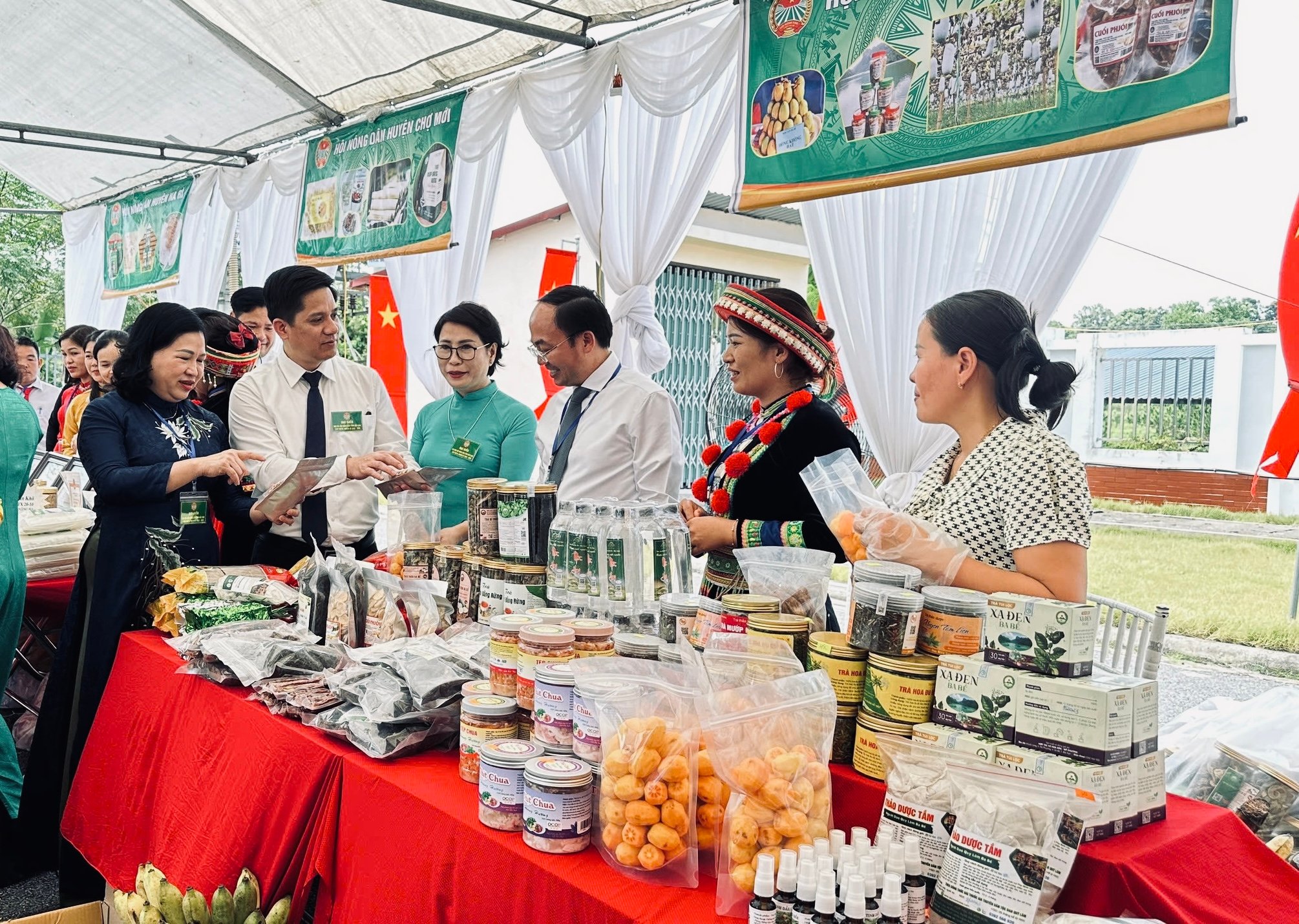
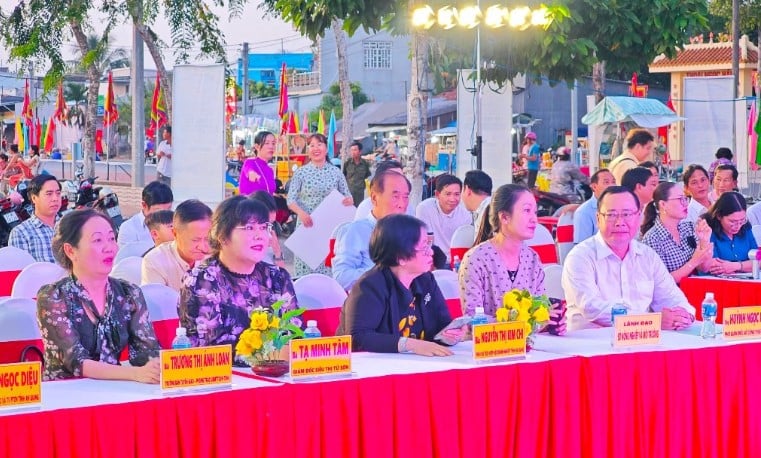

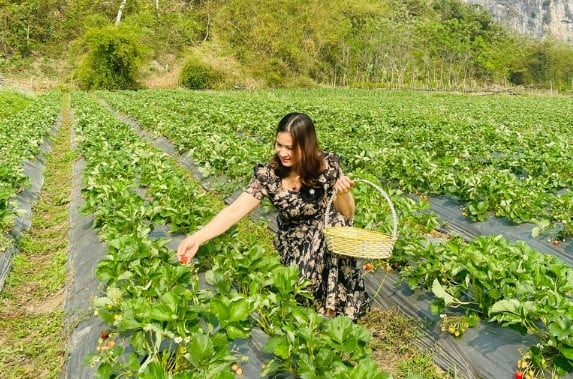

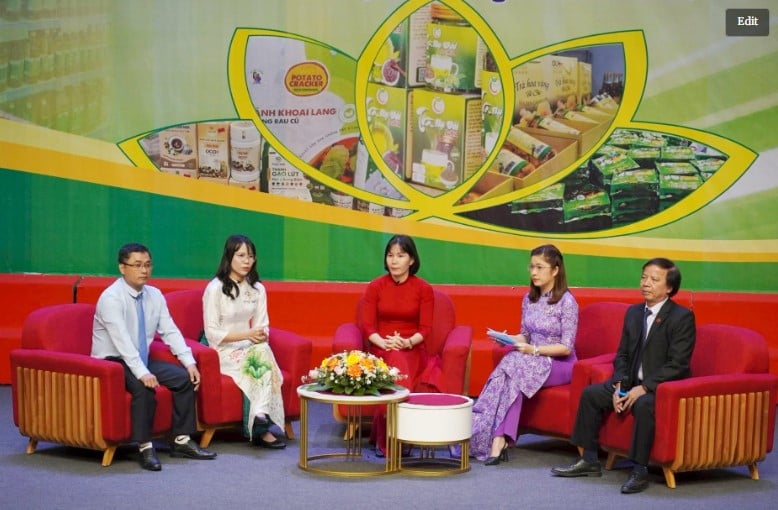

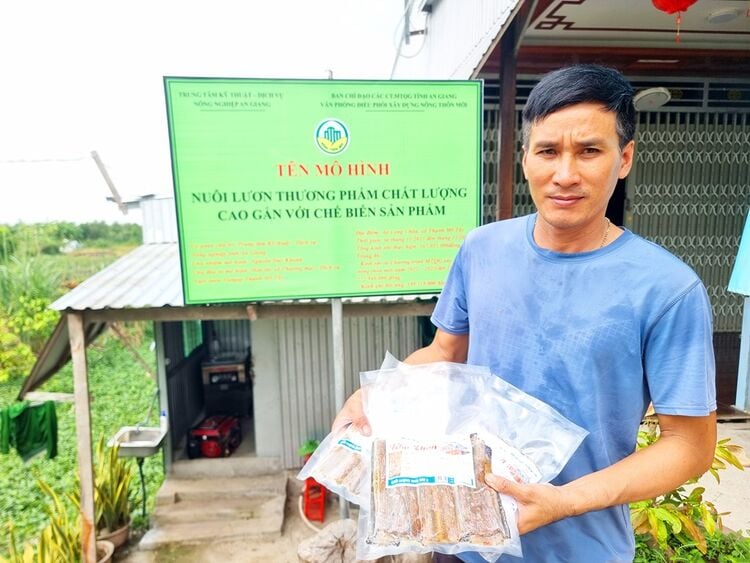
Comment (0)